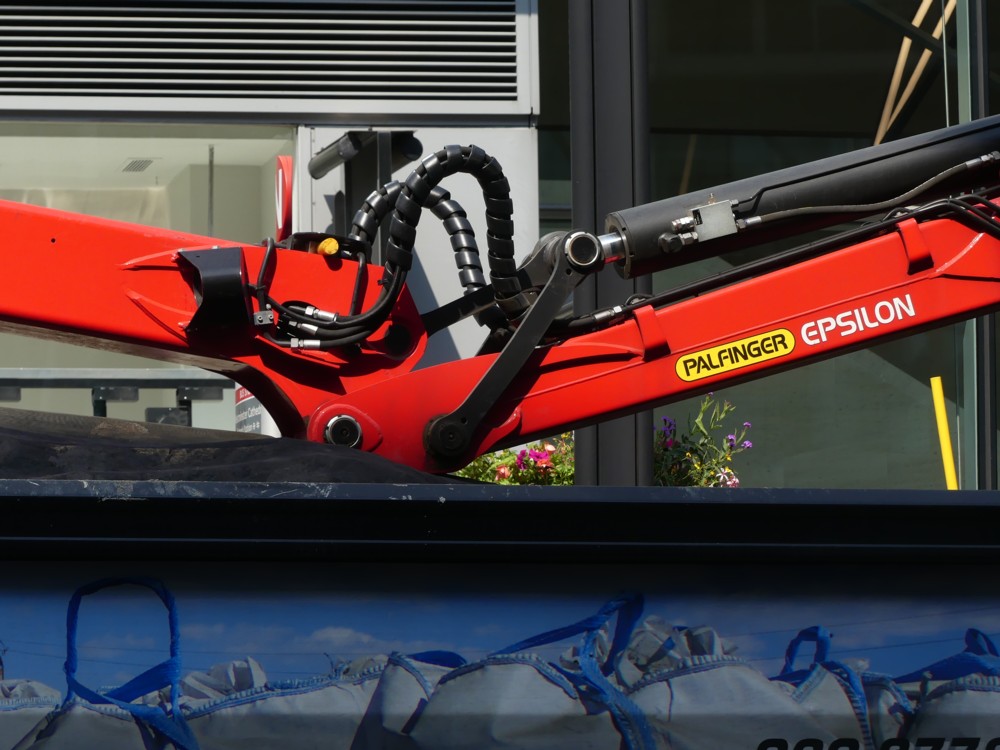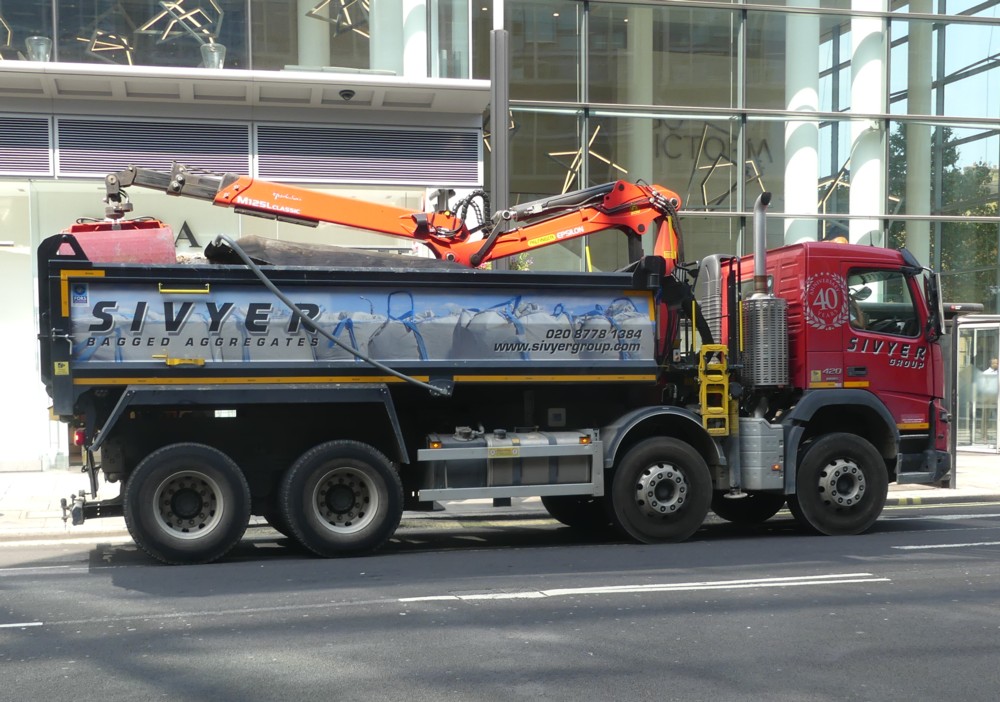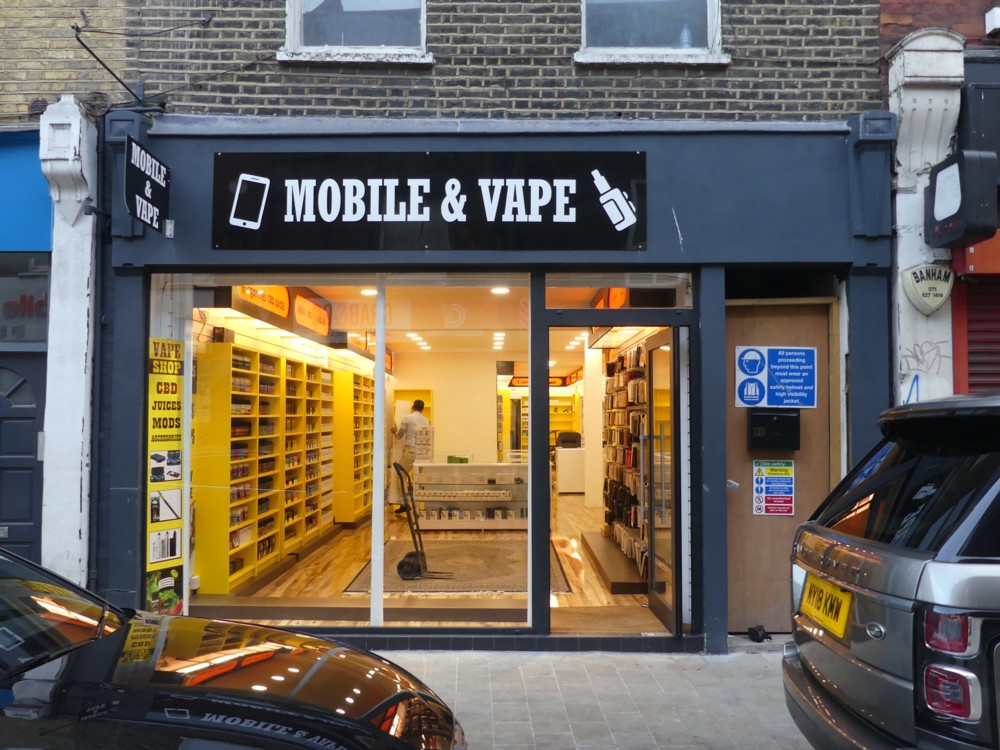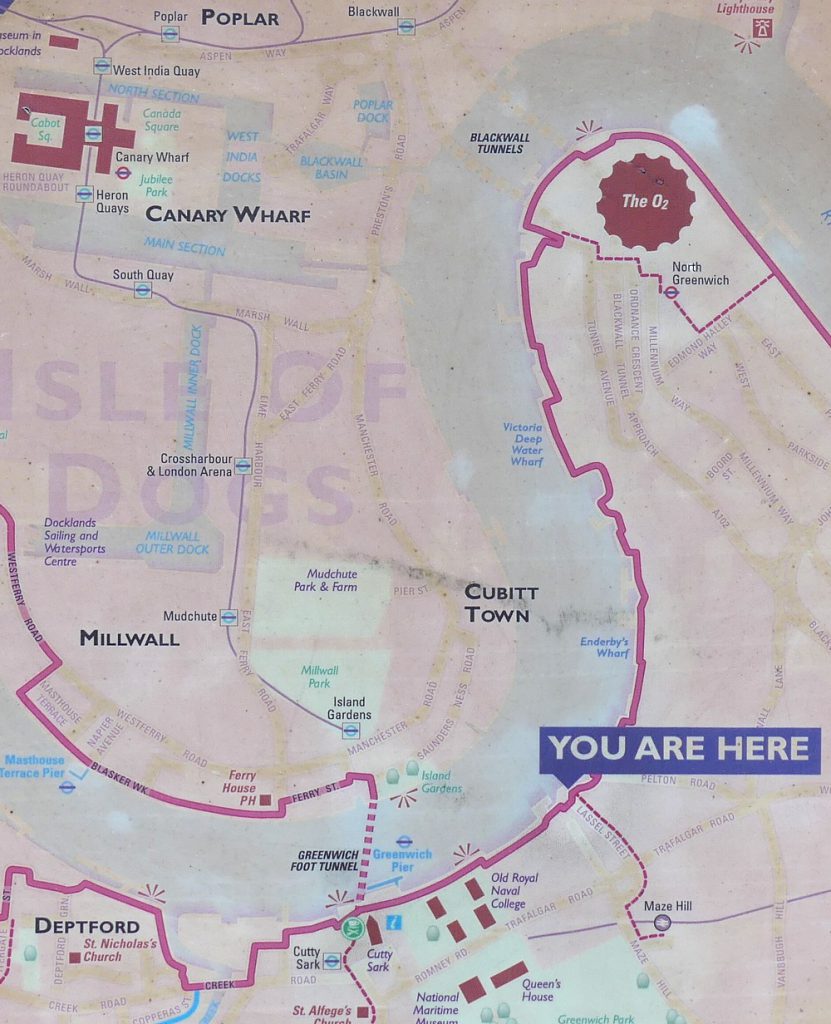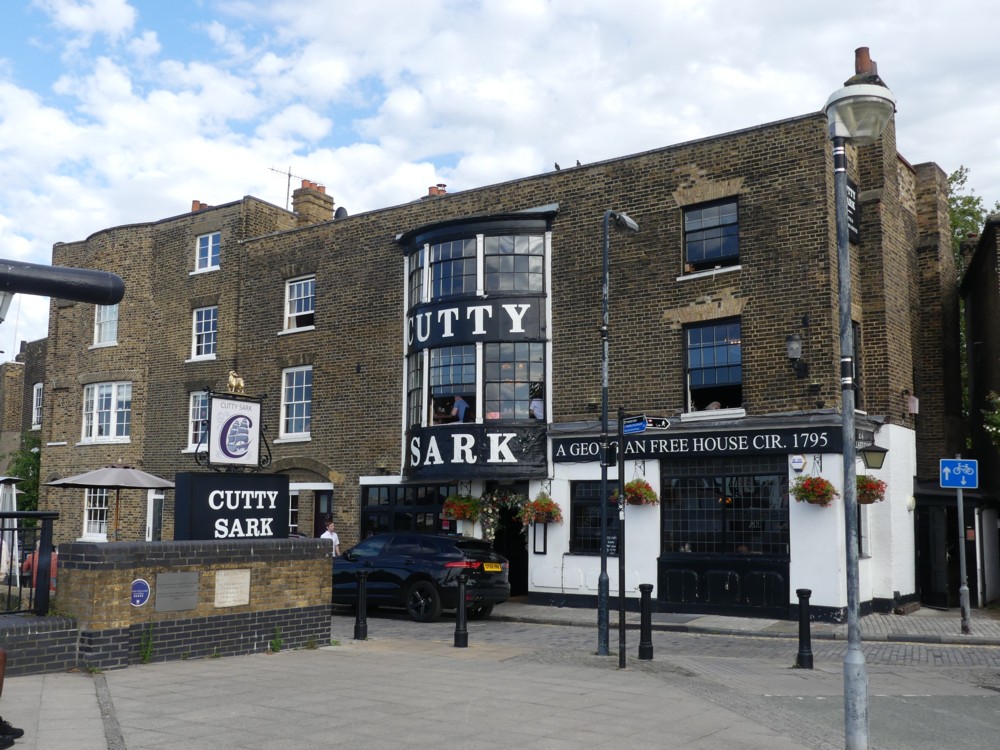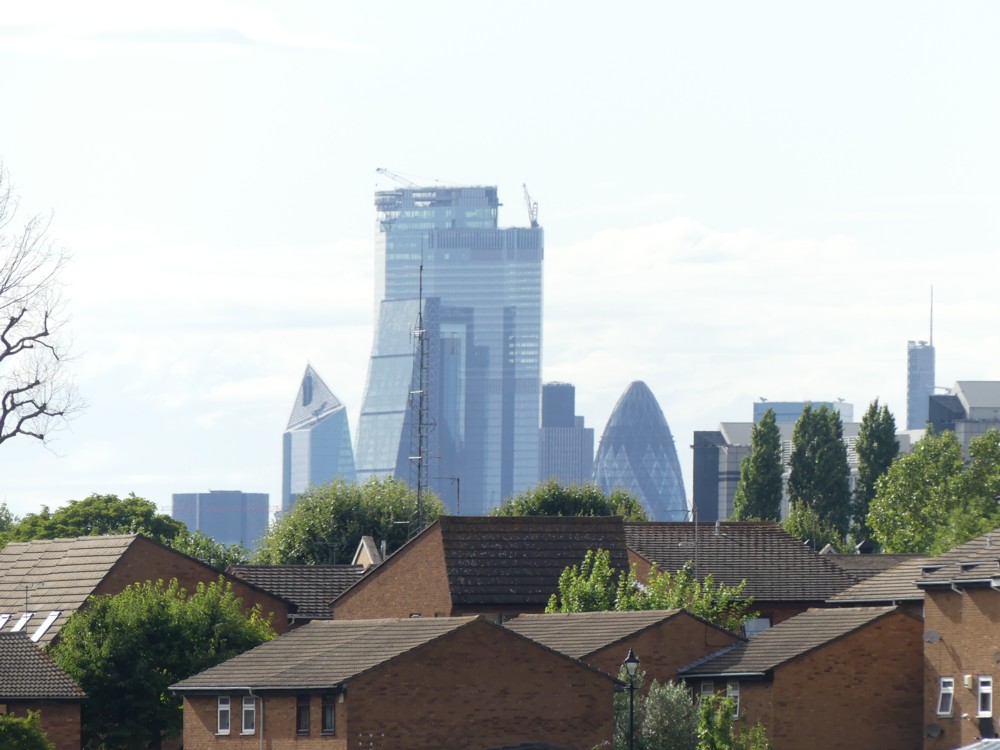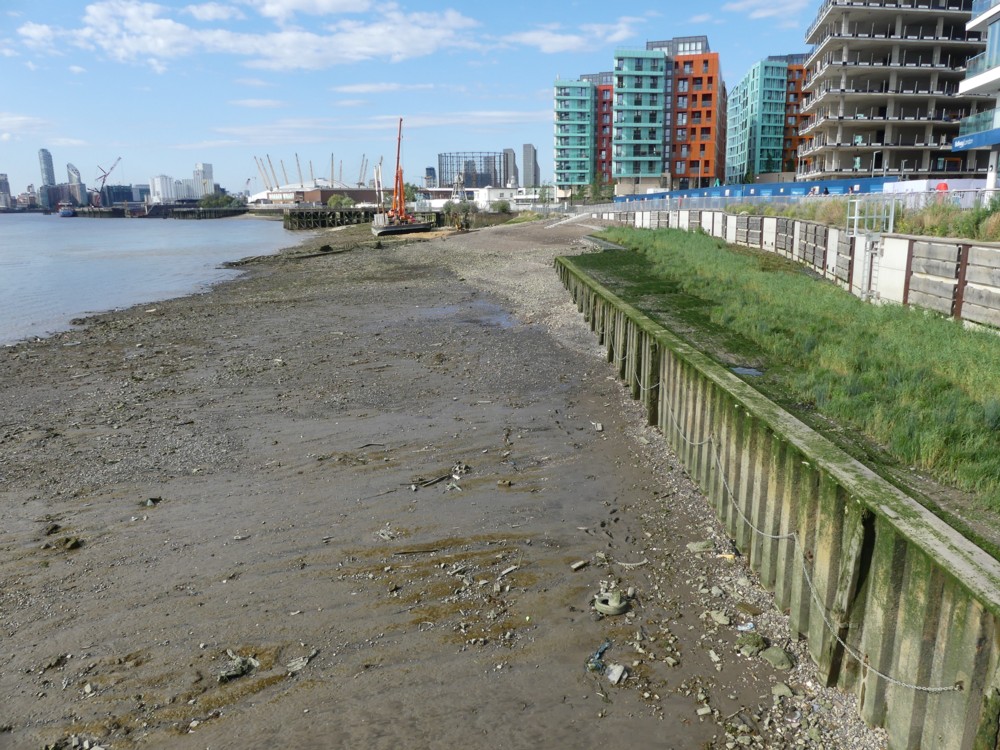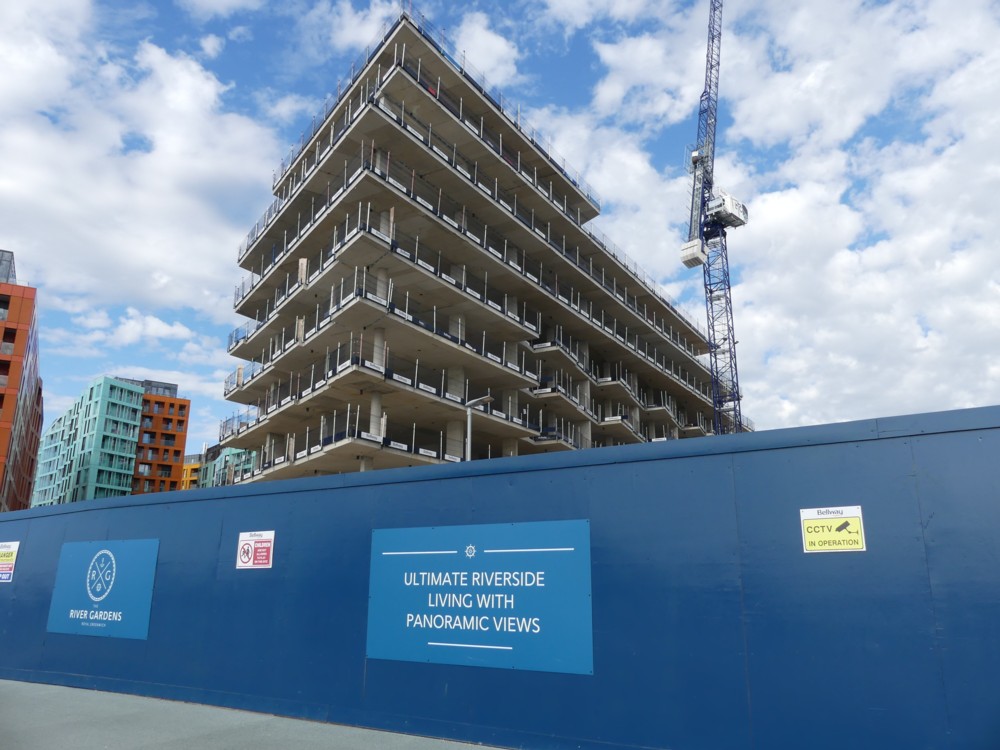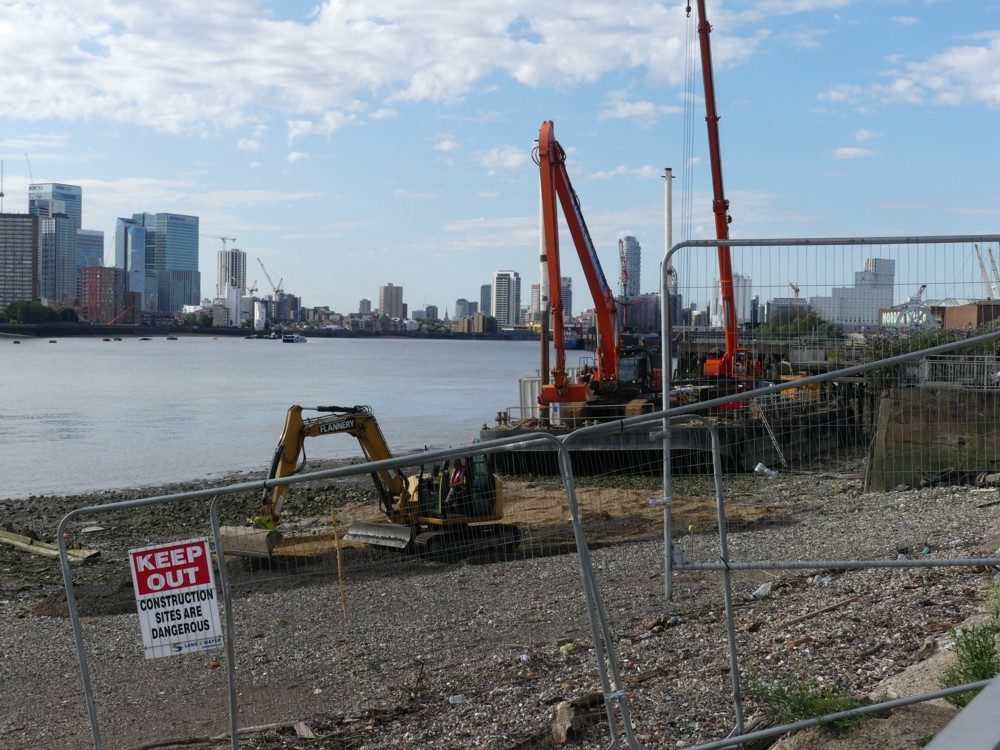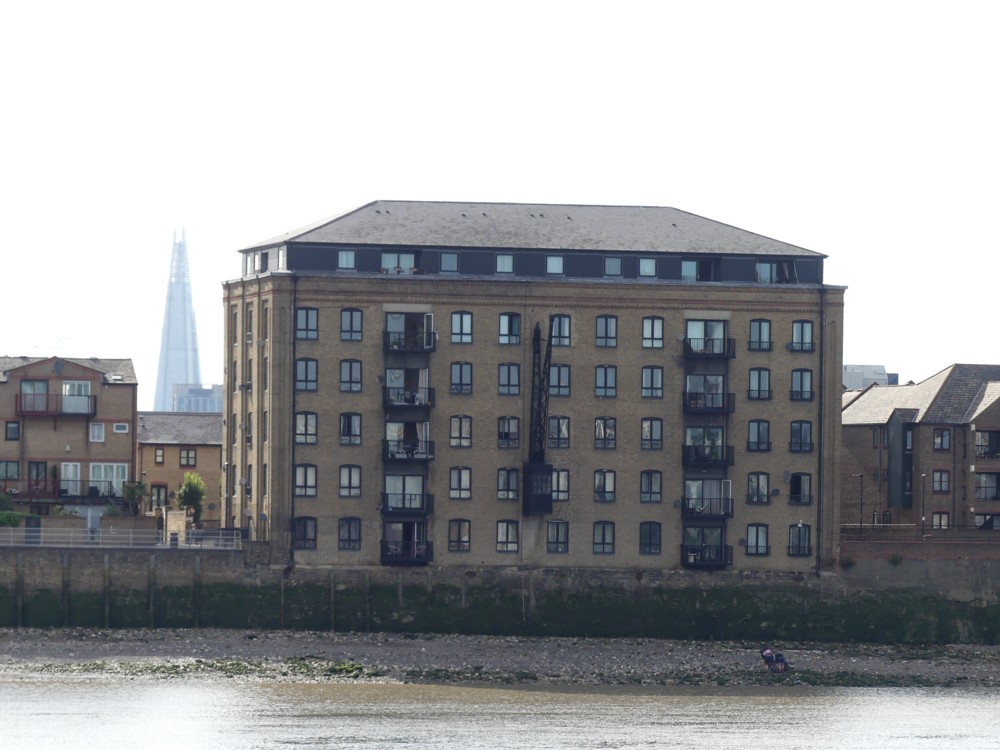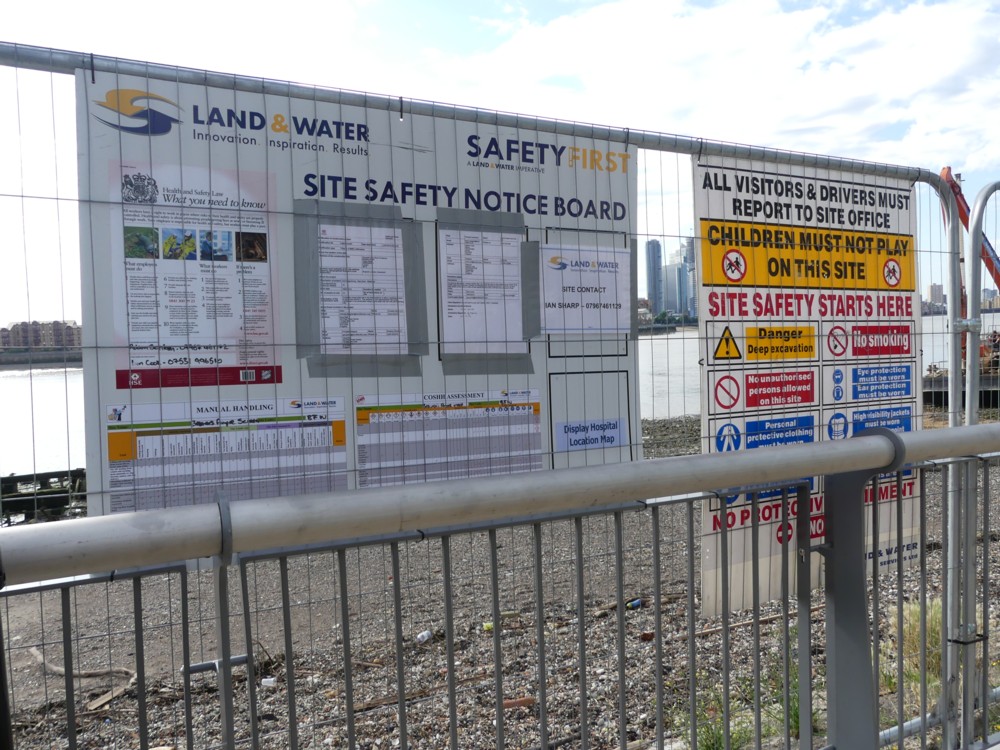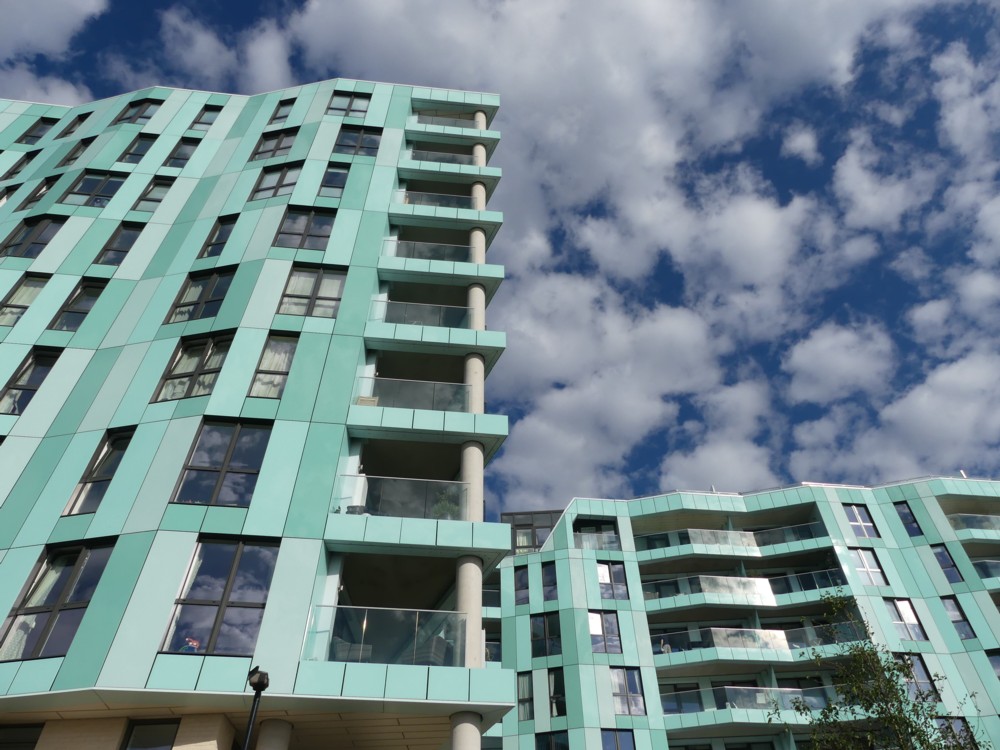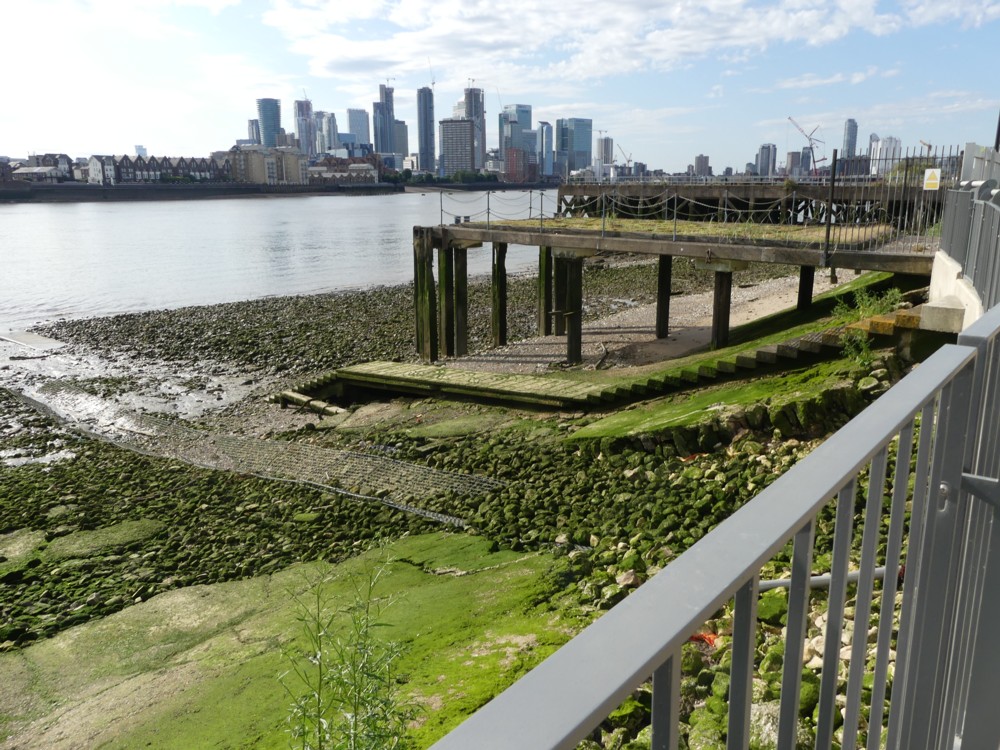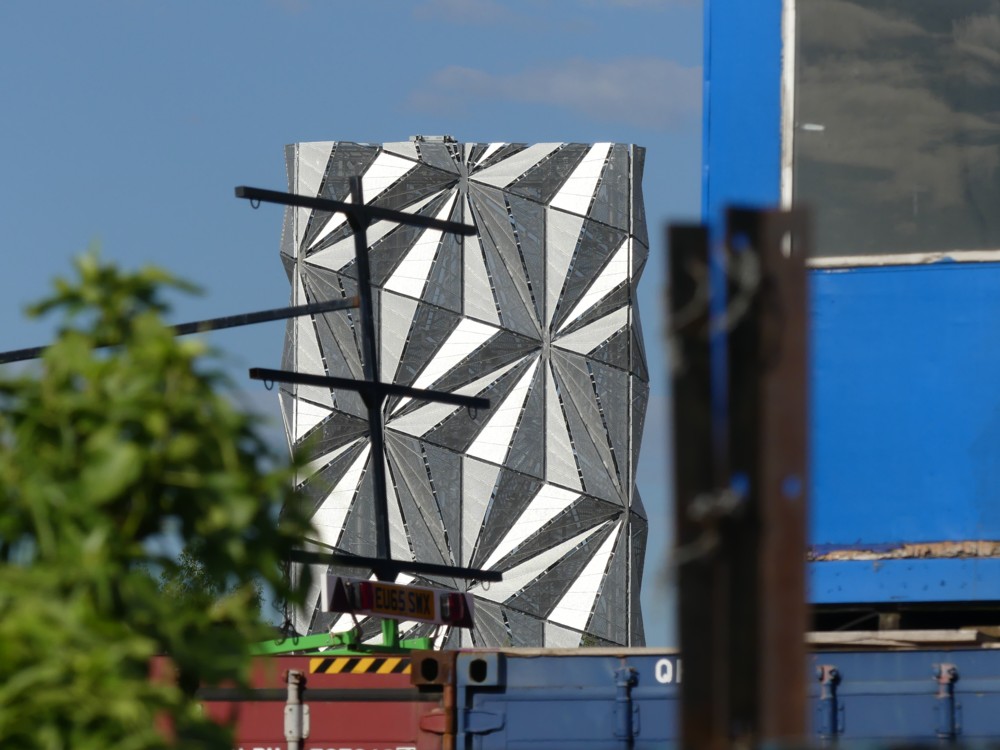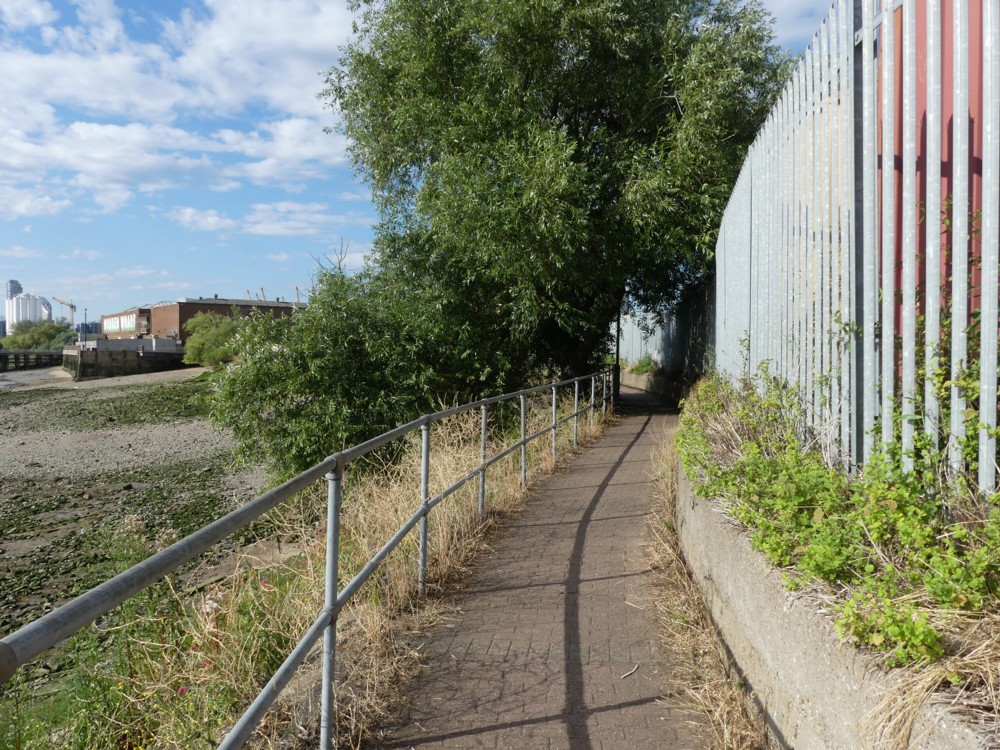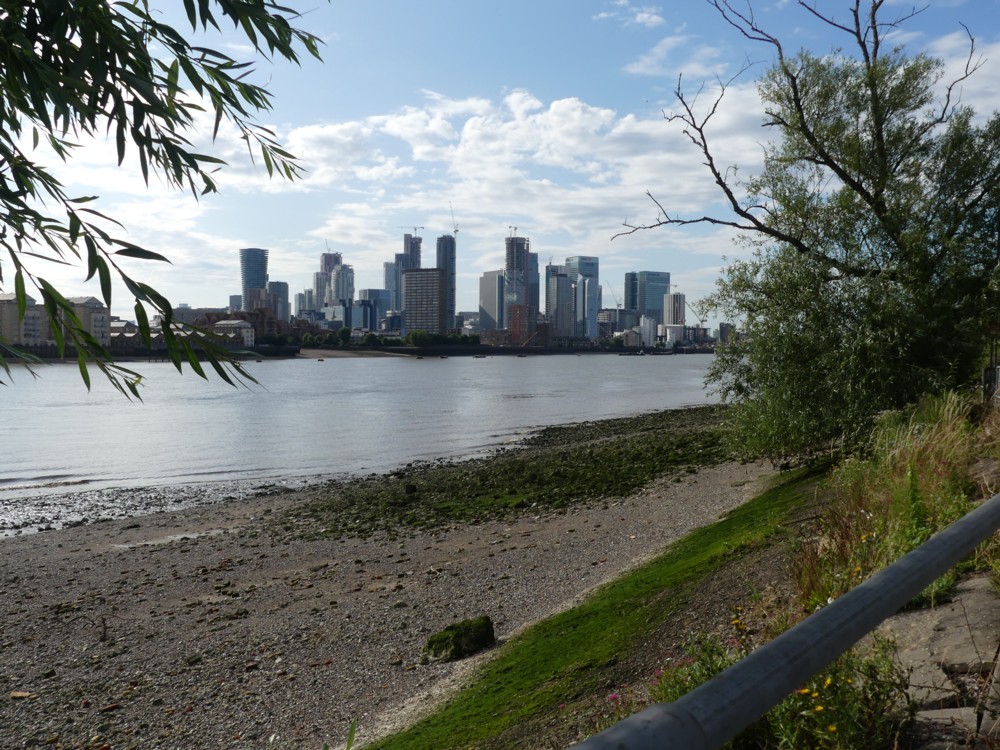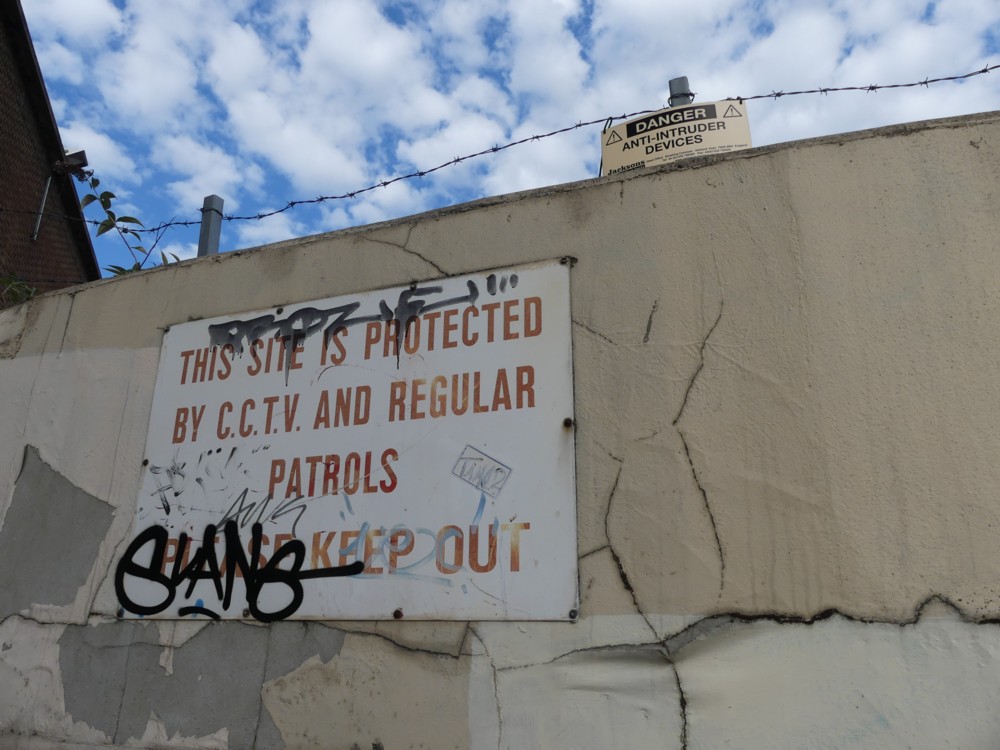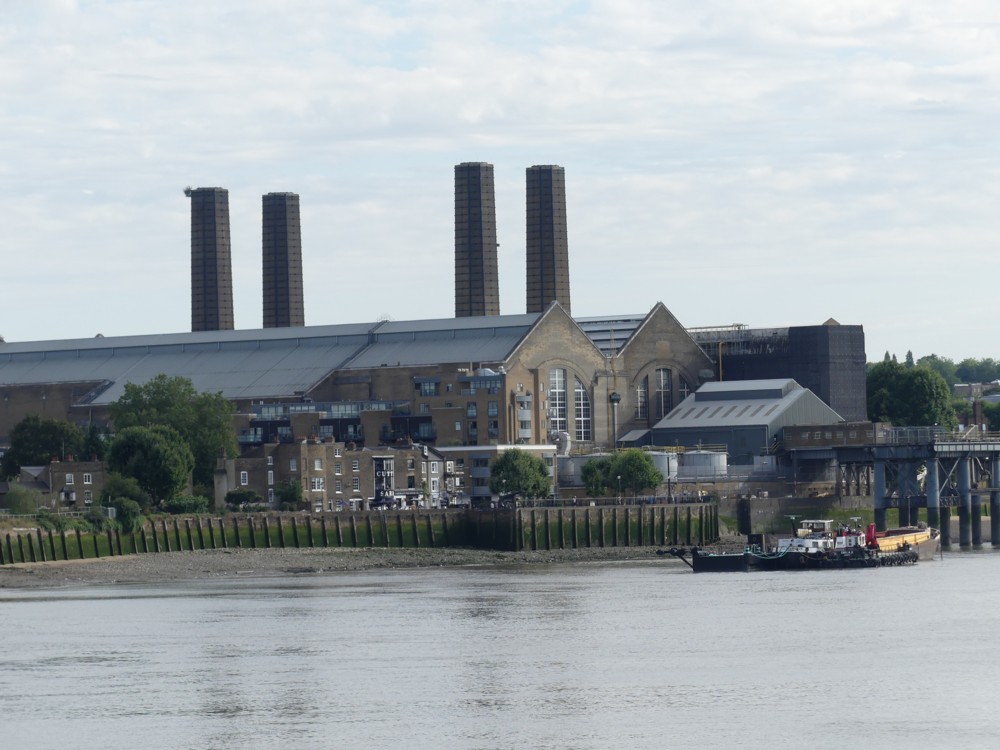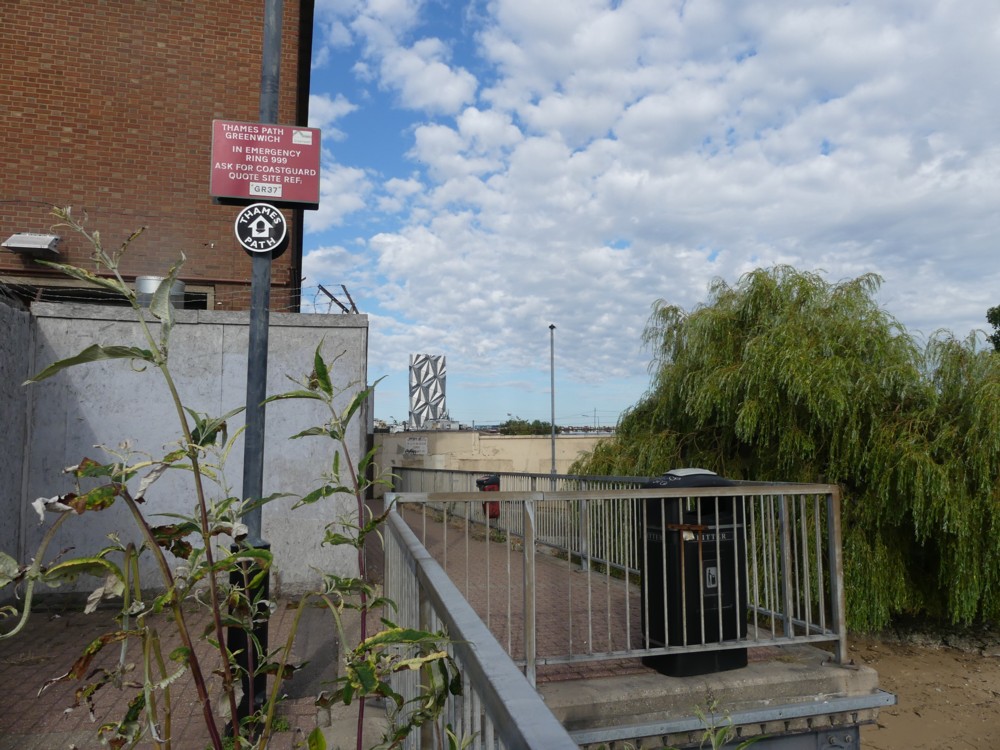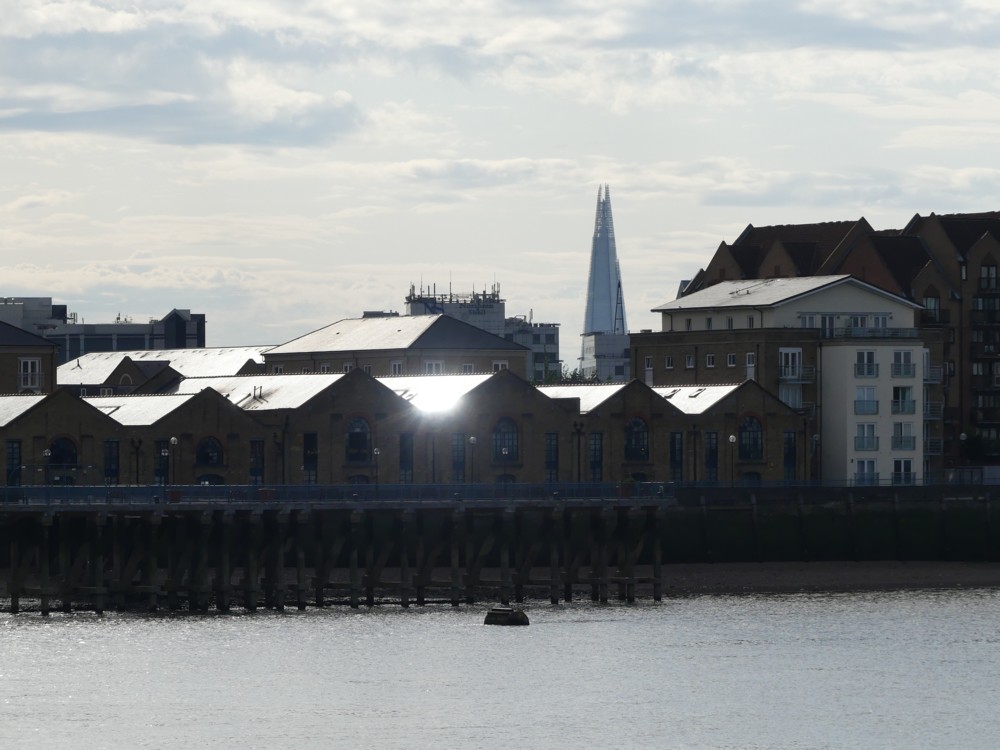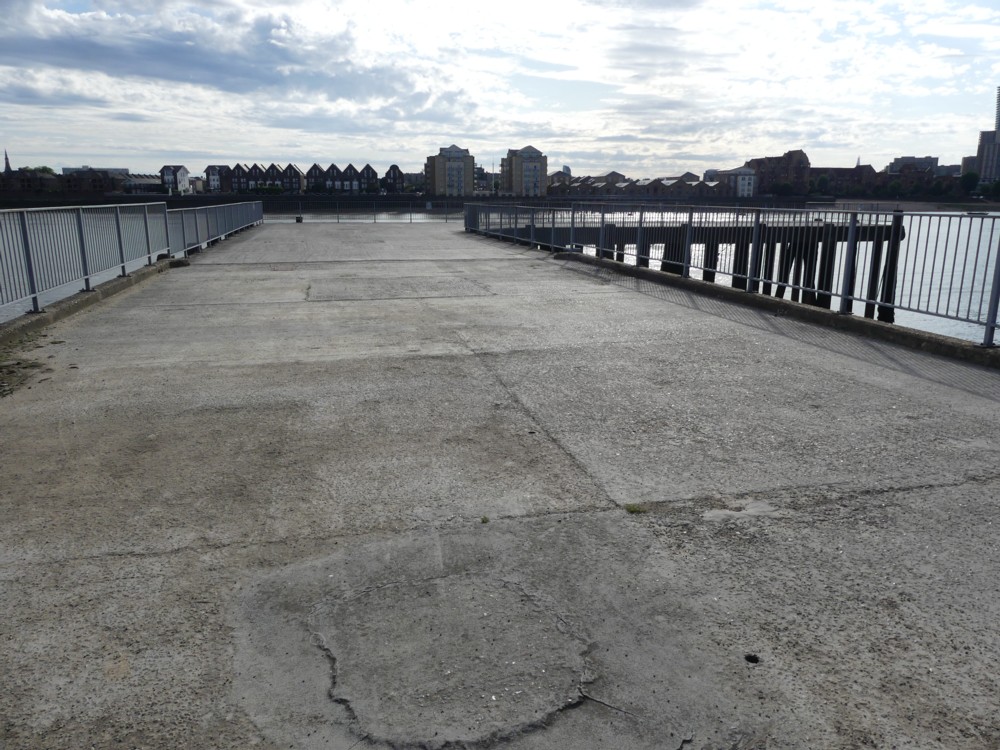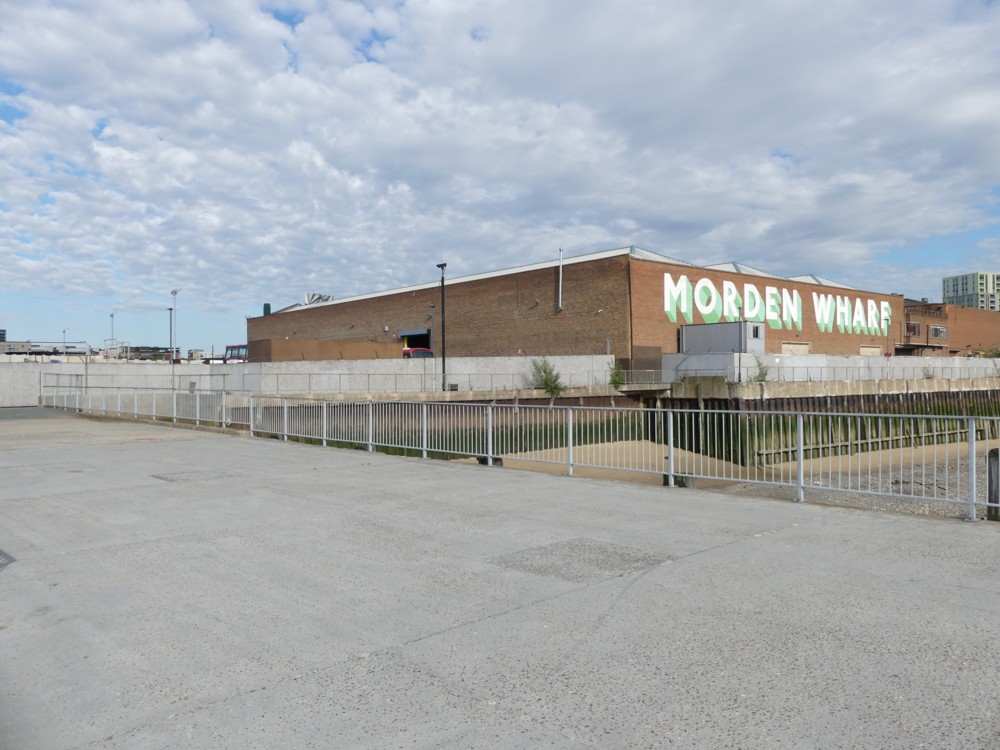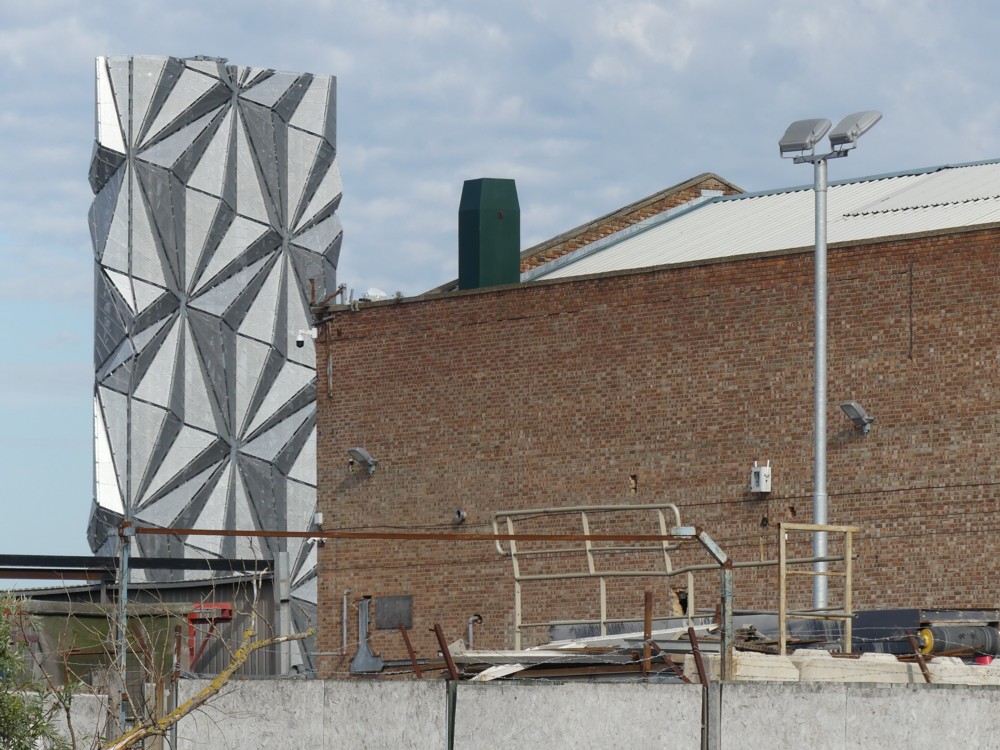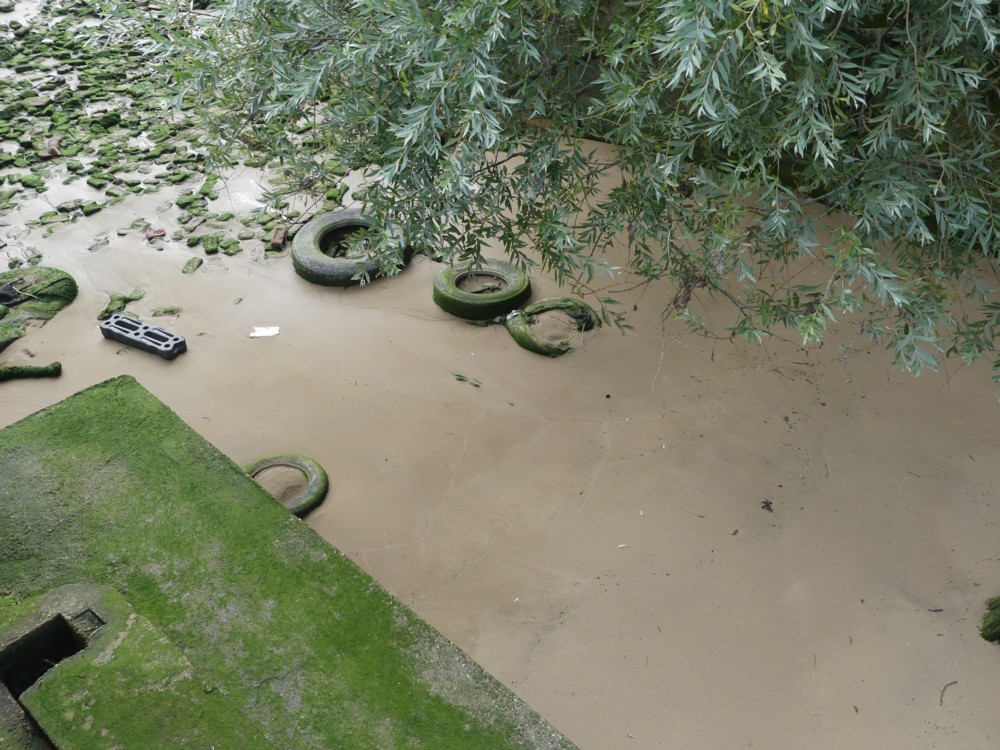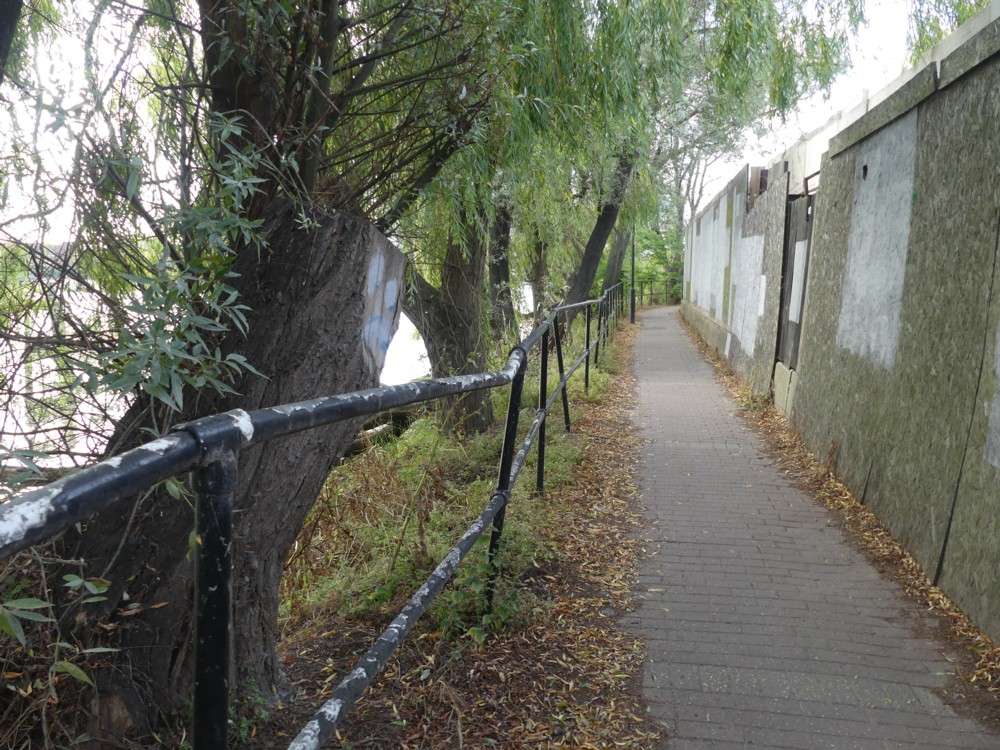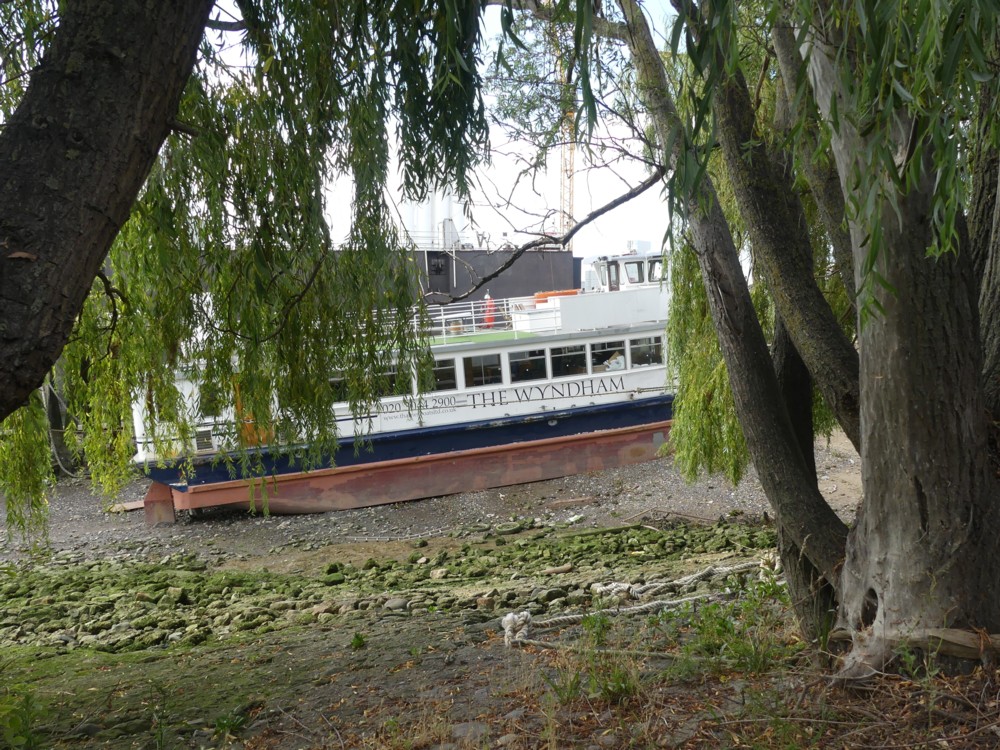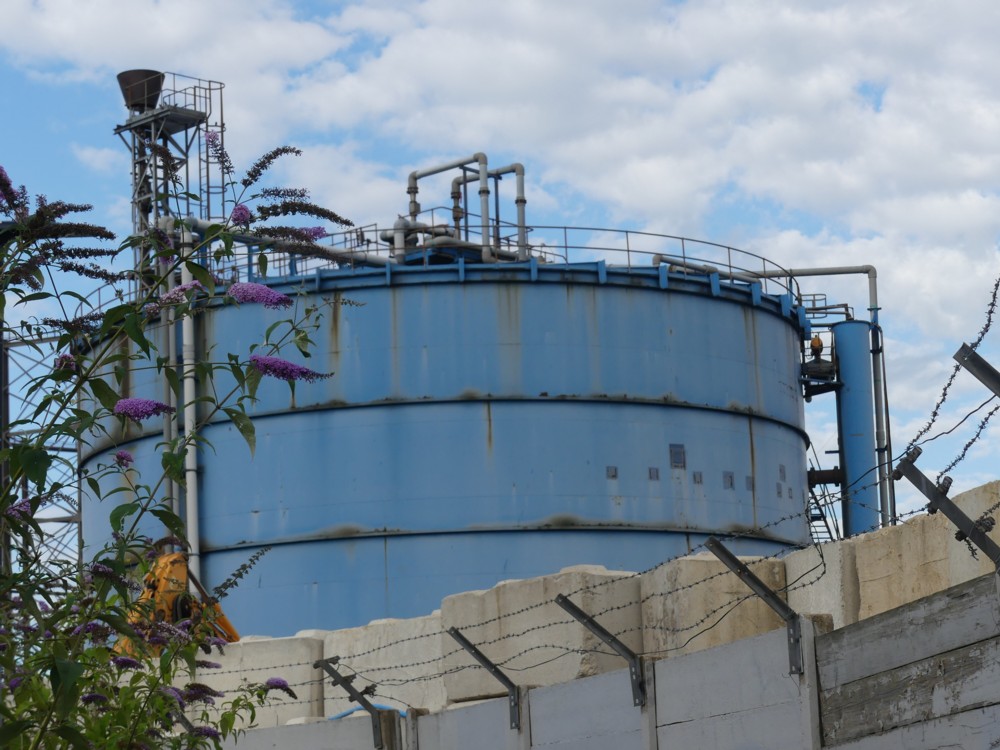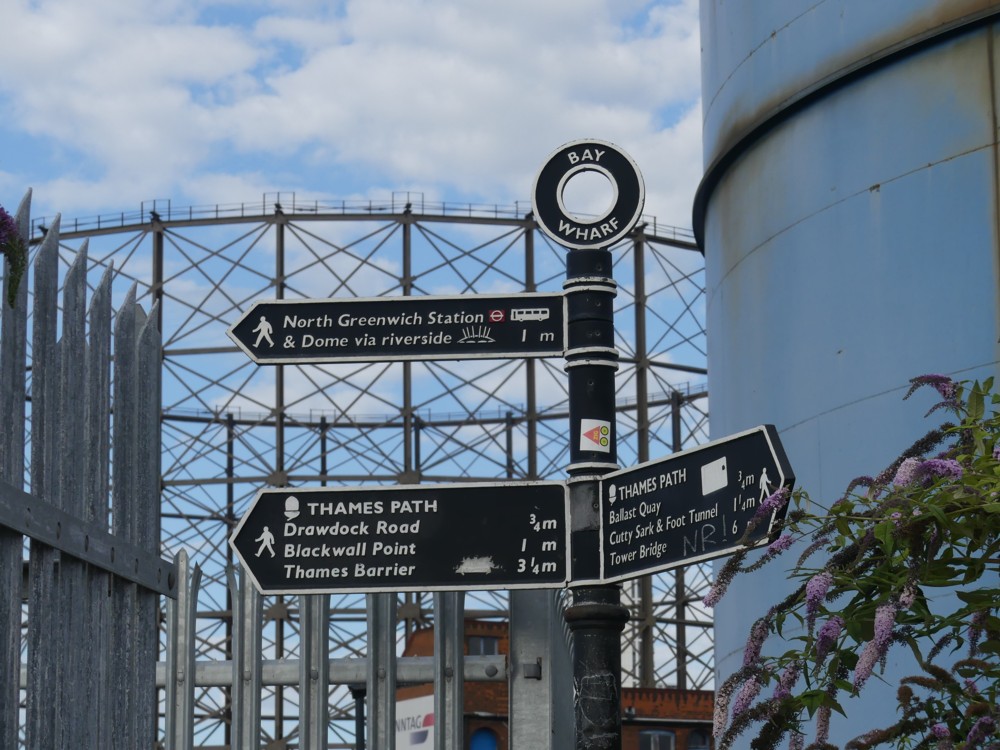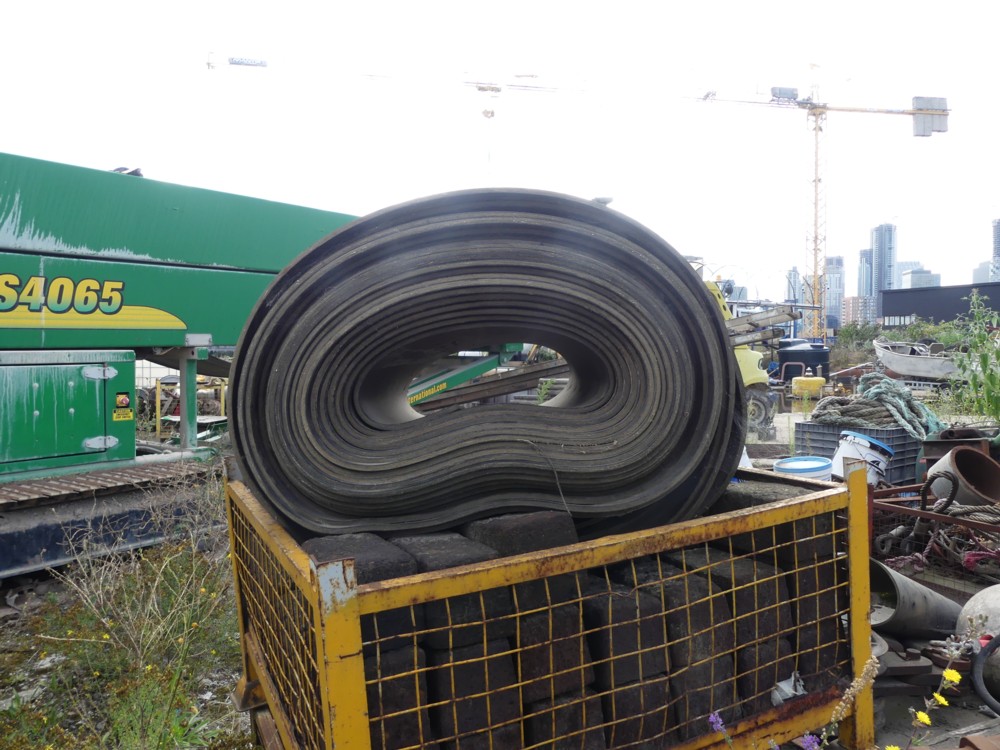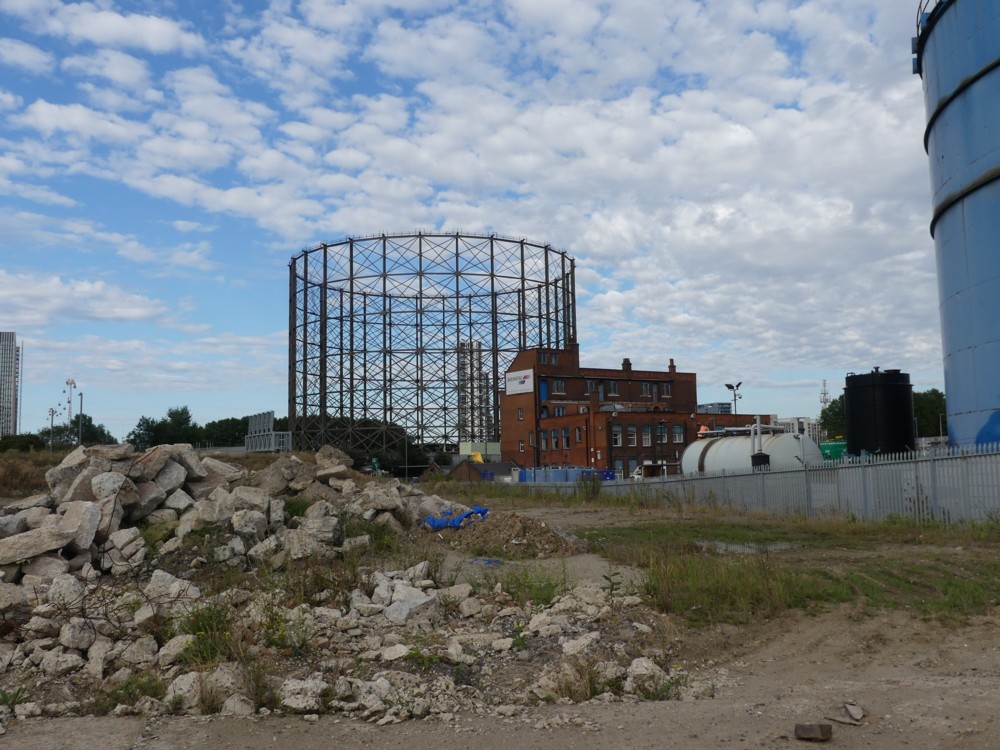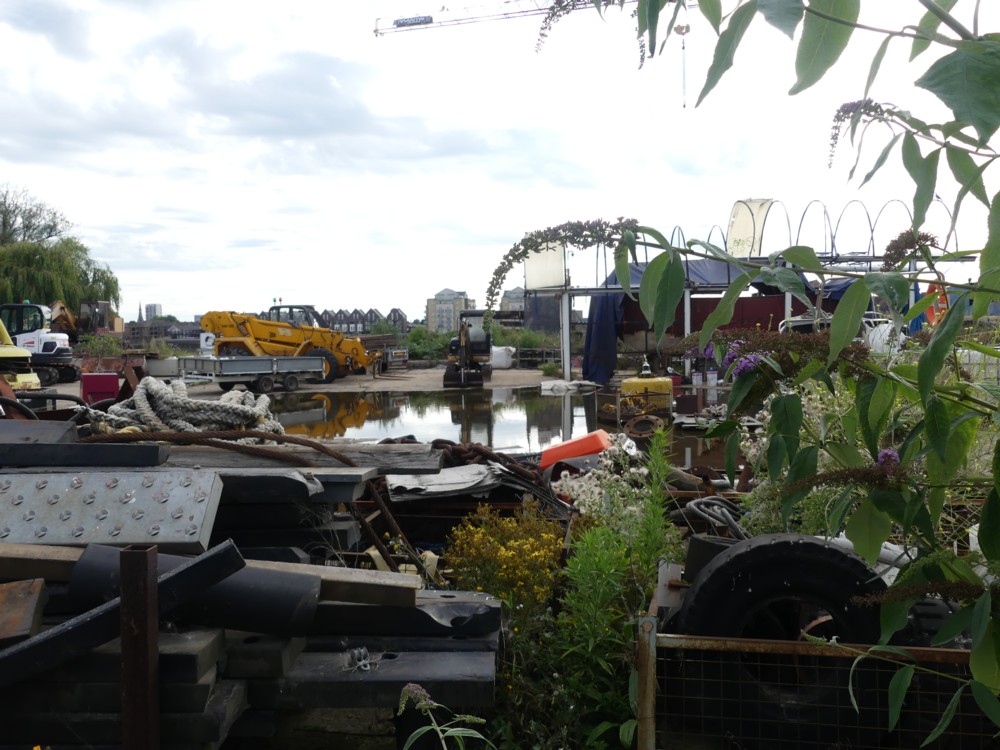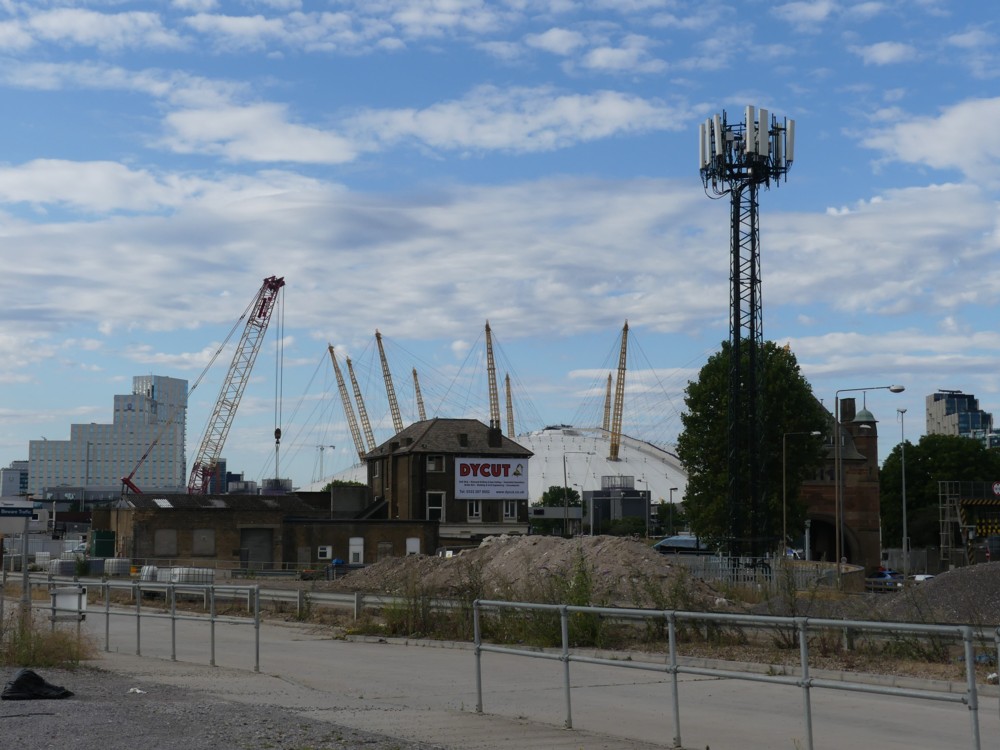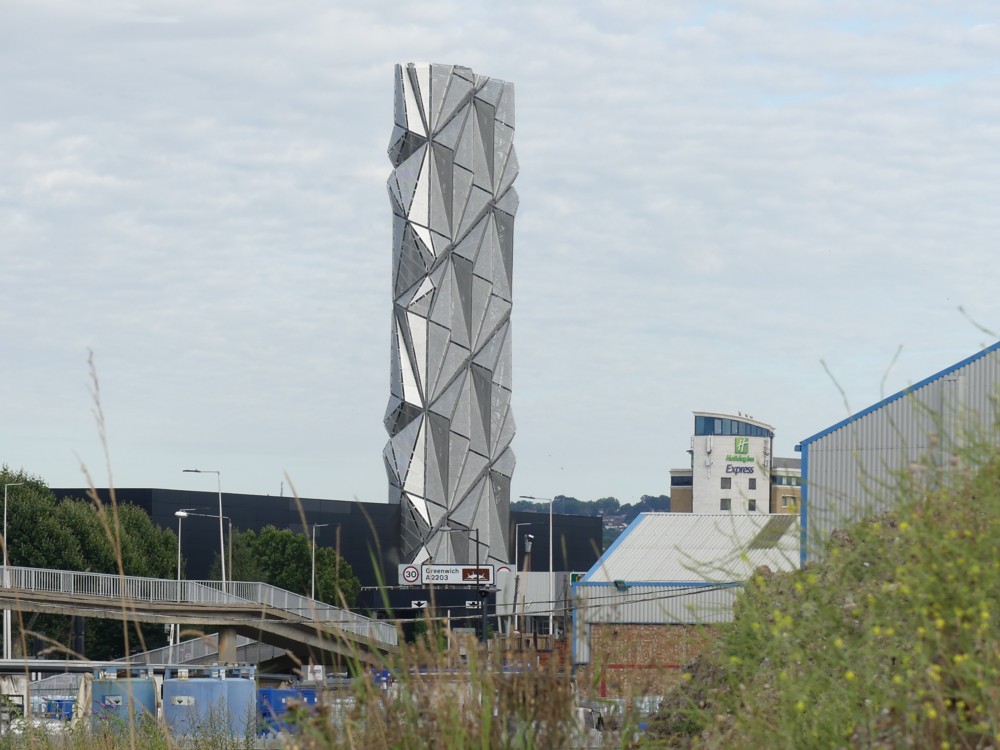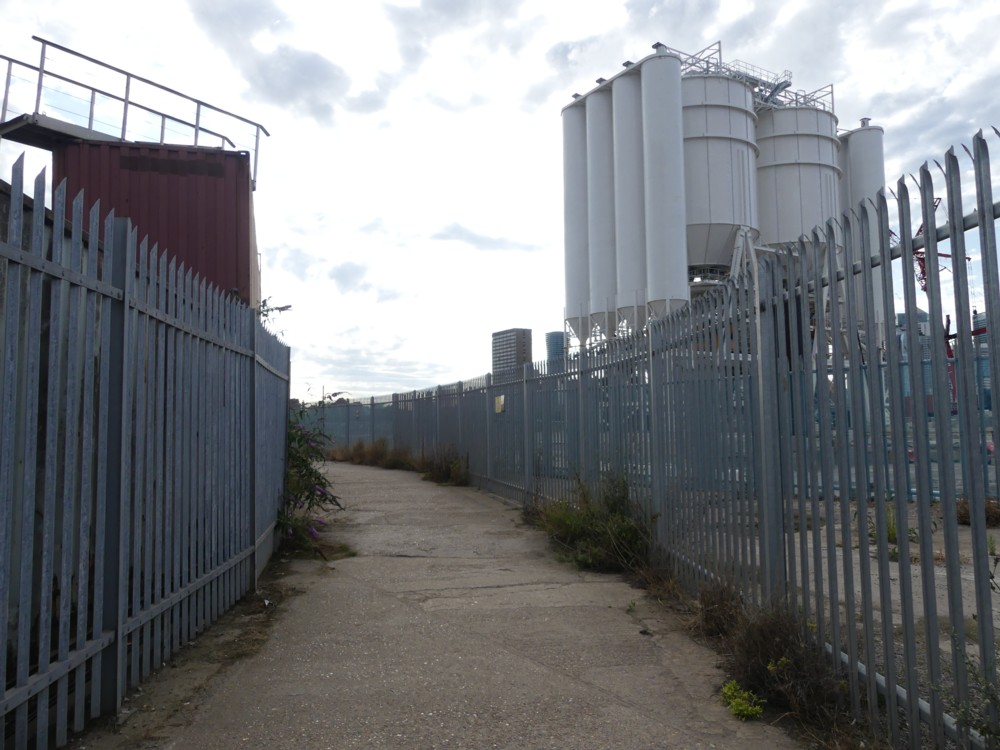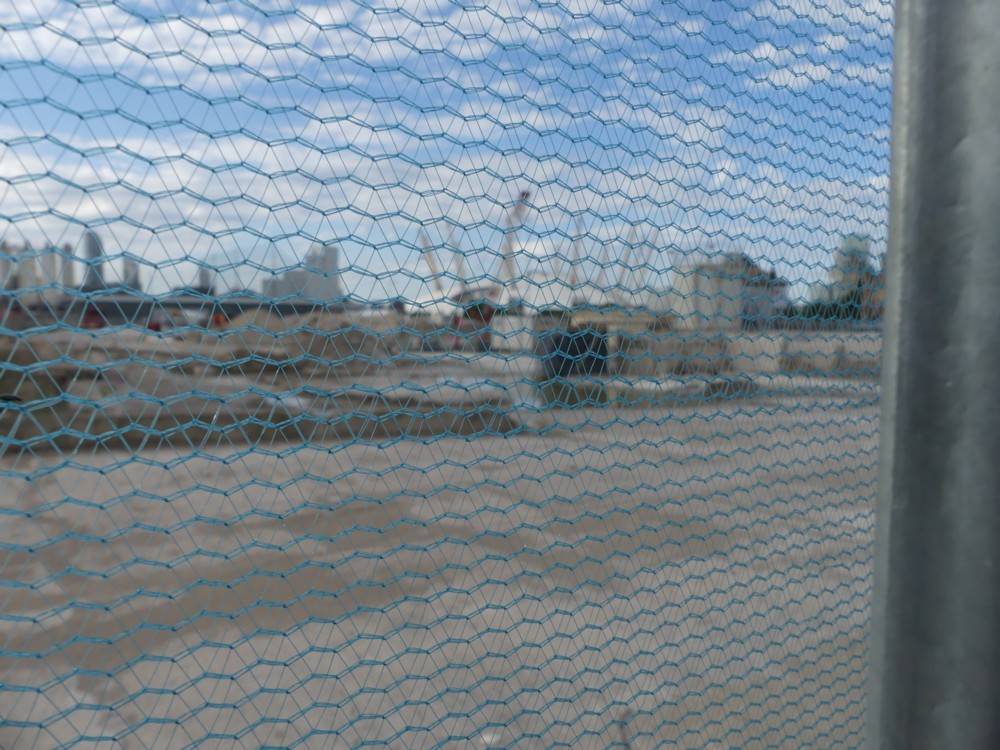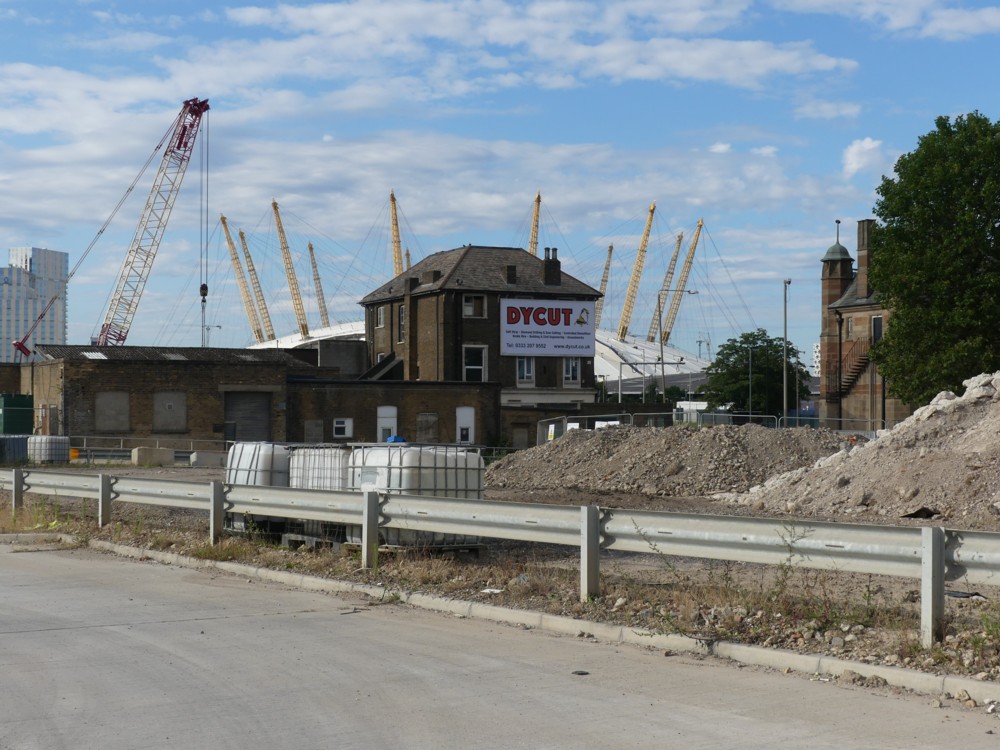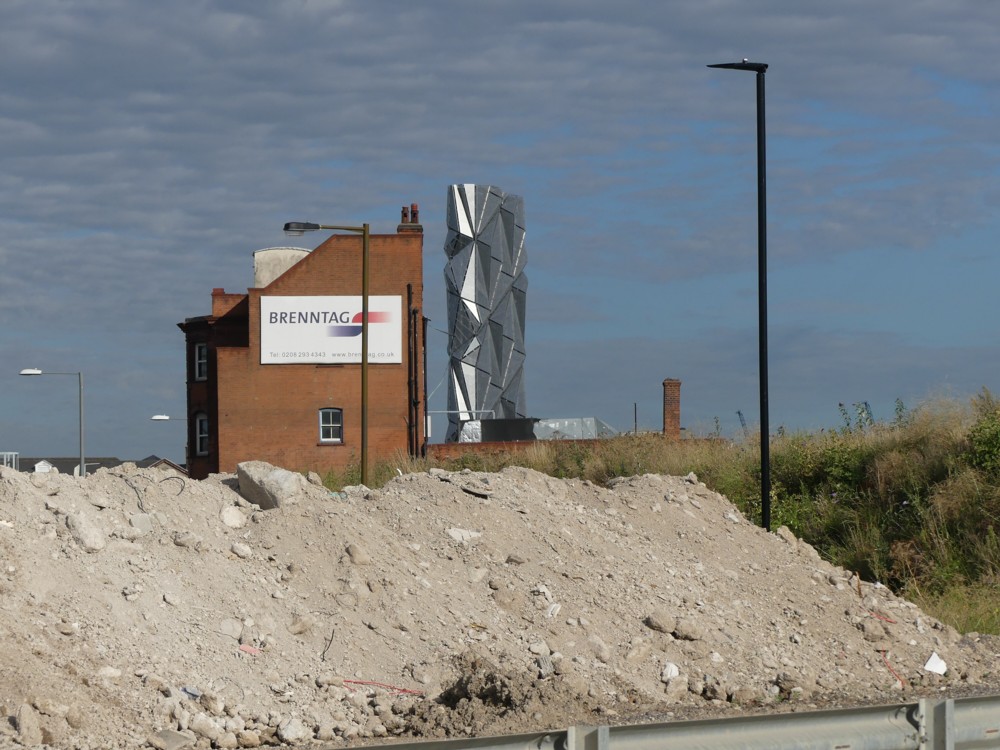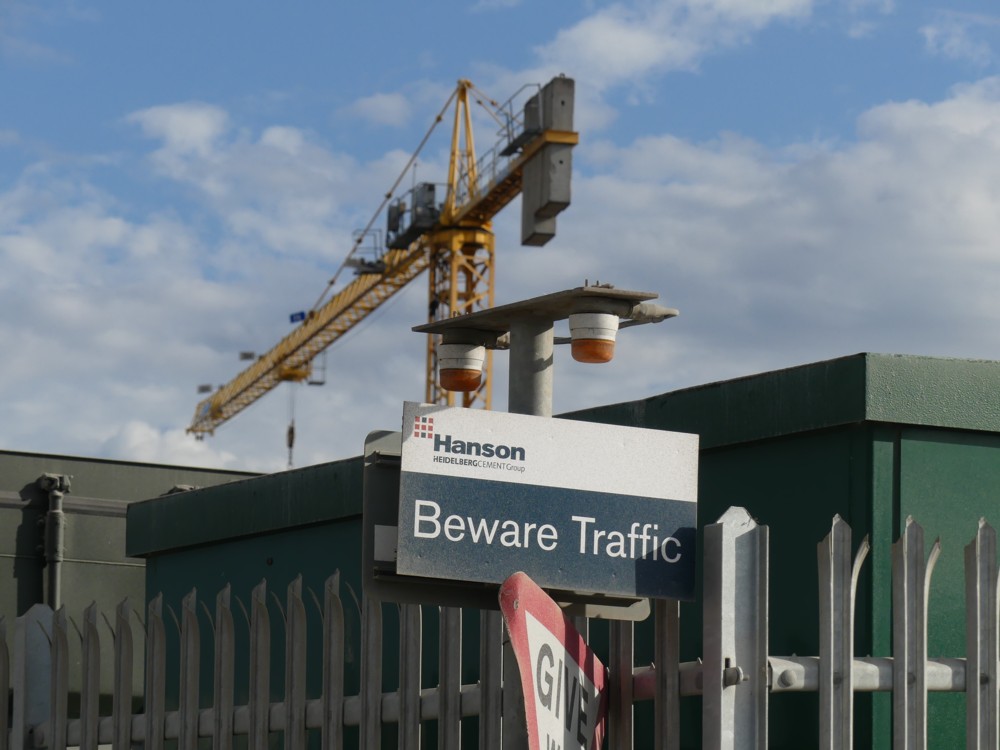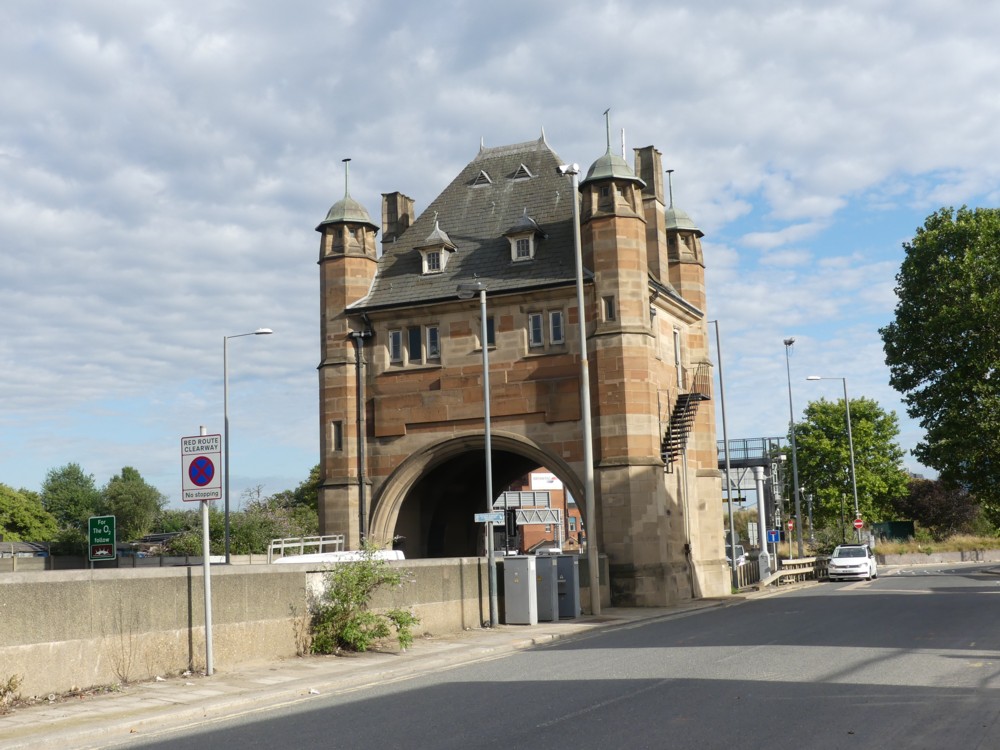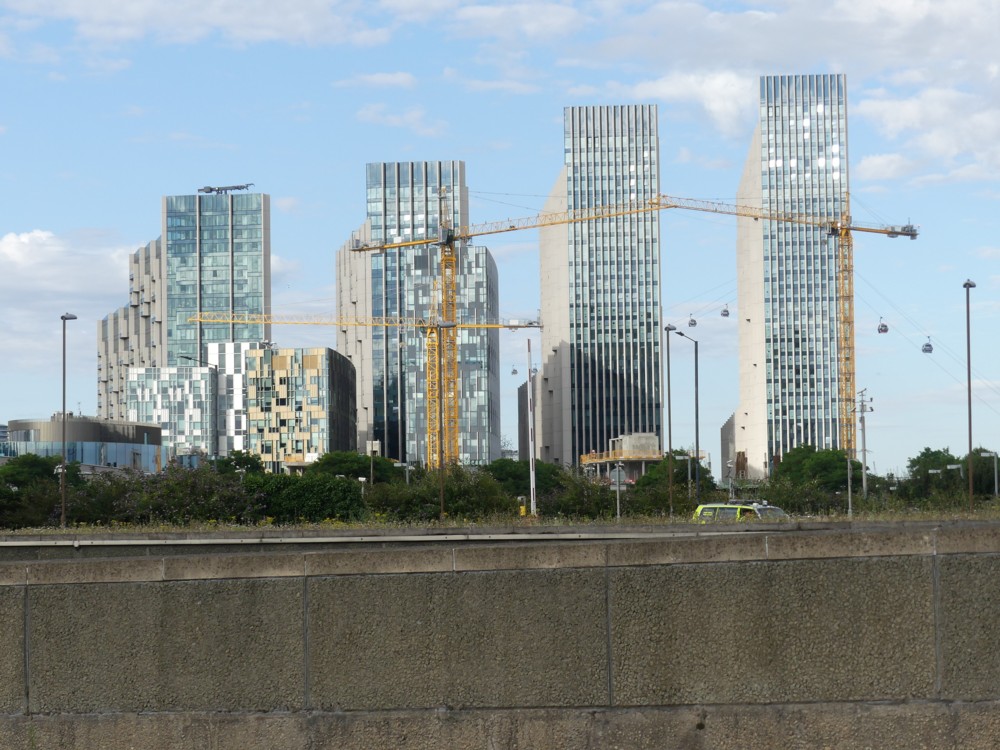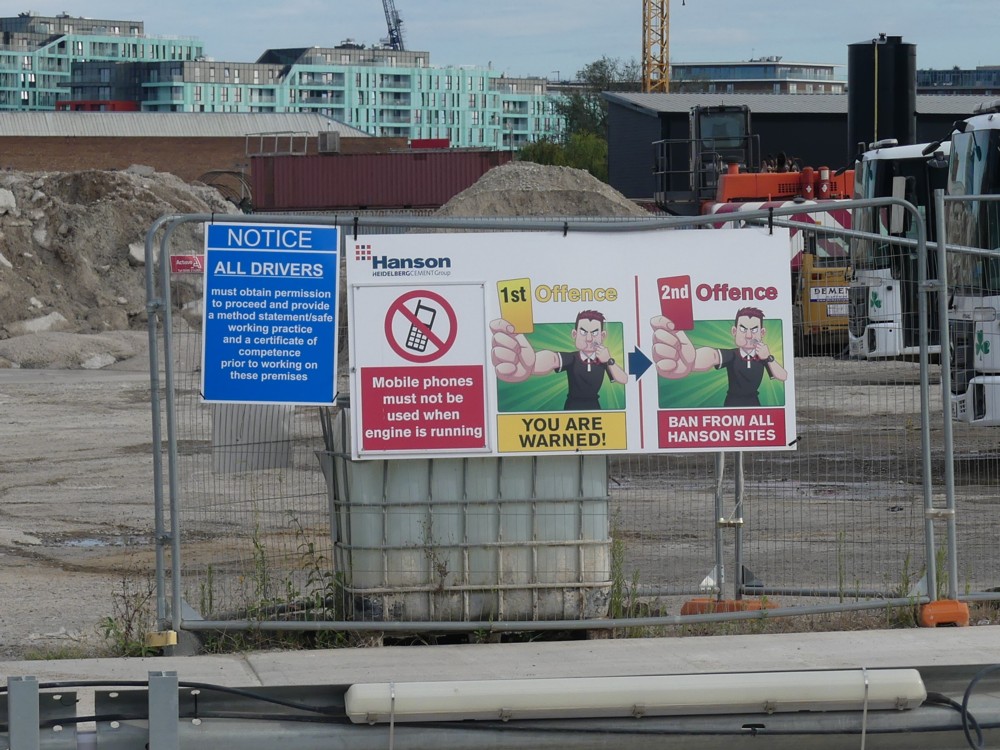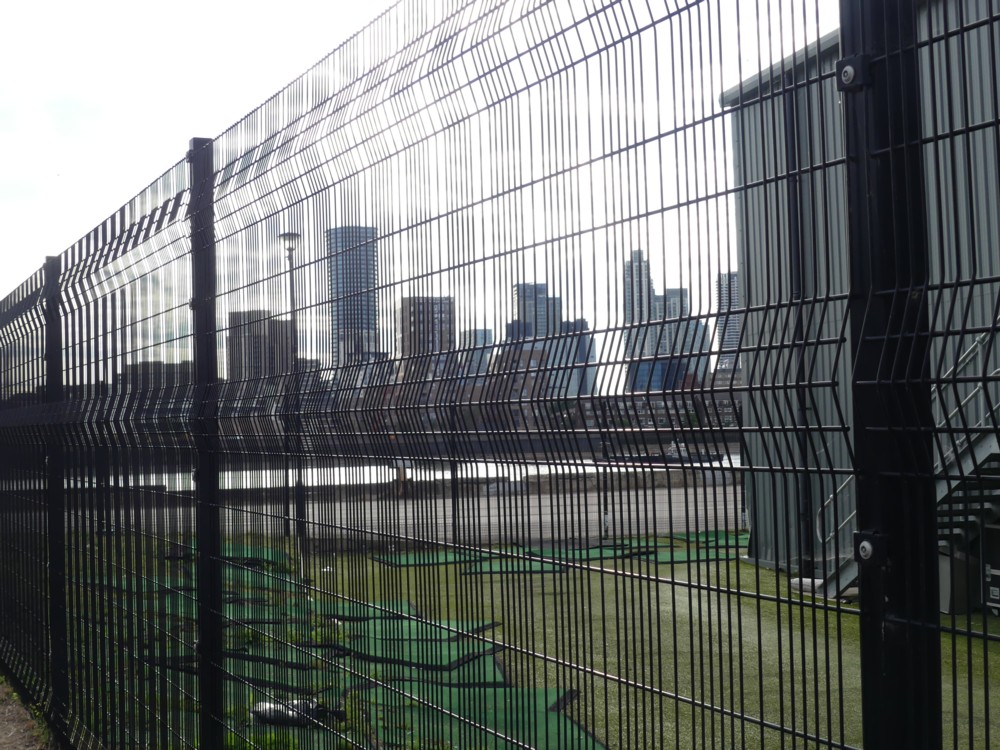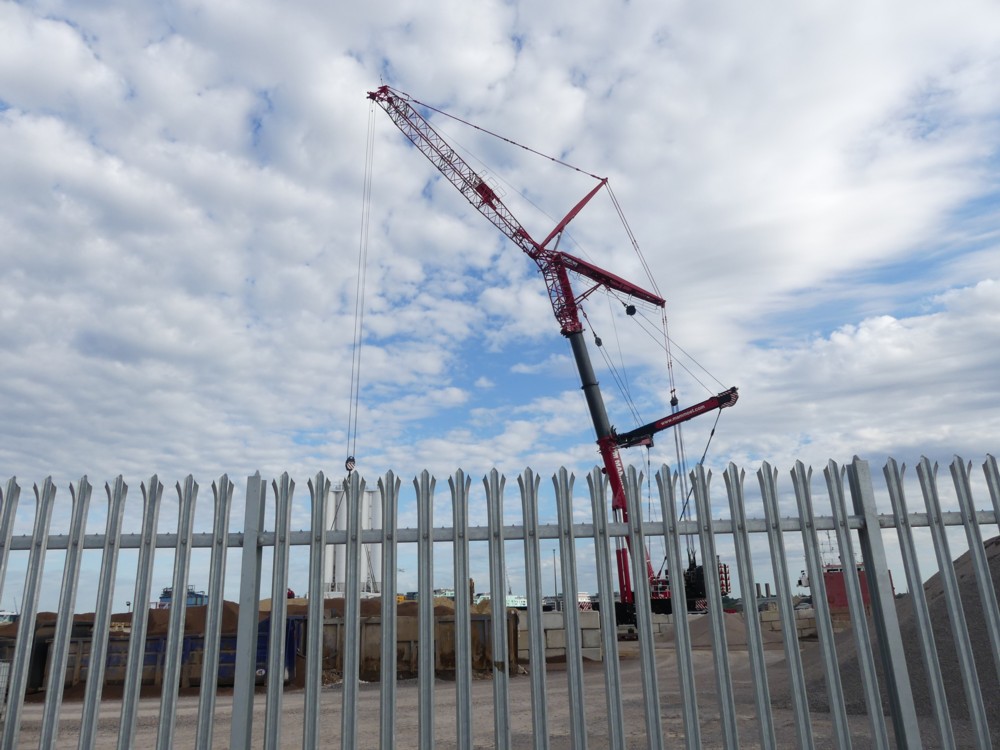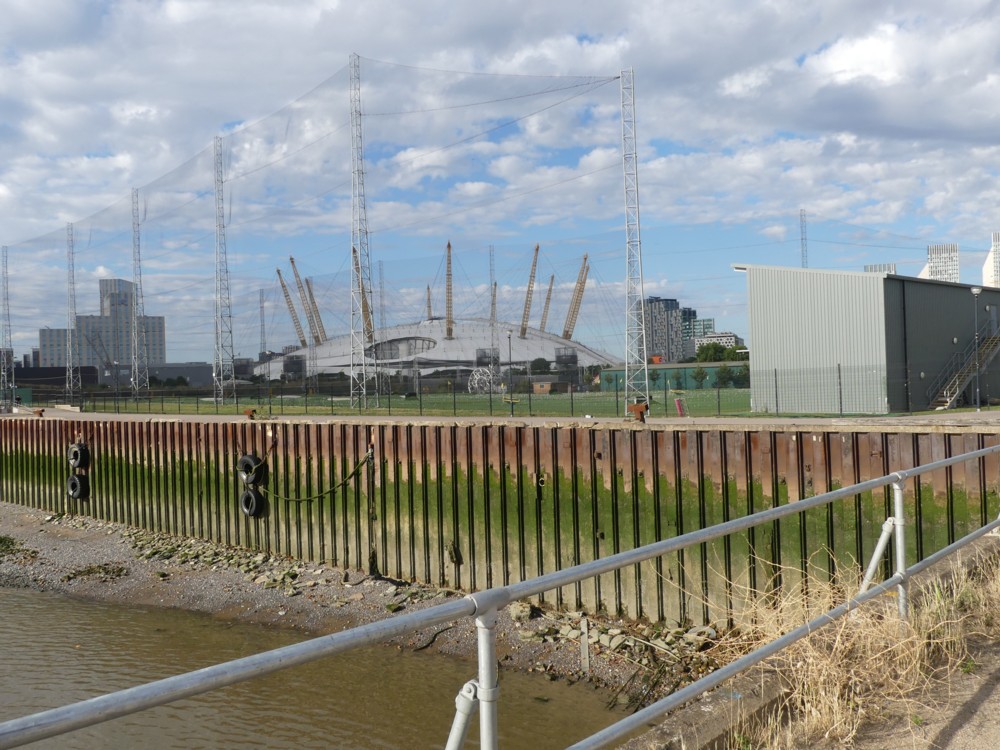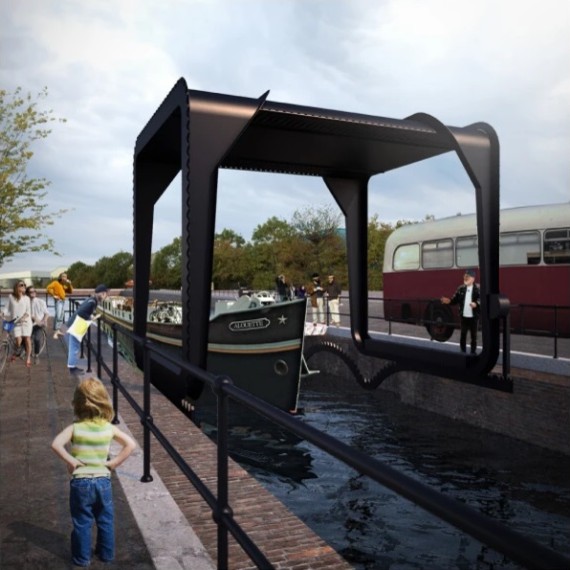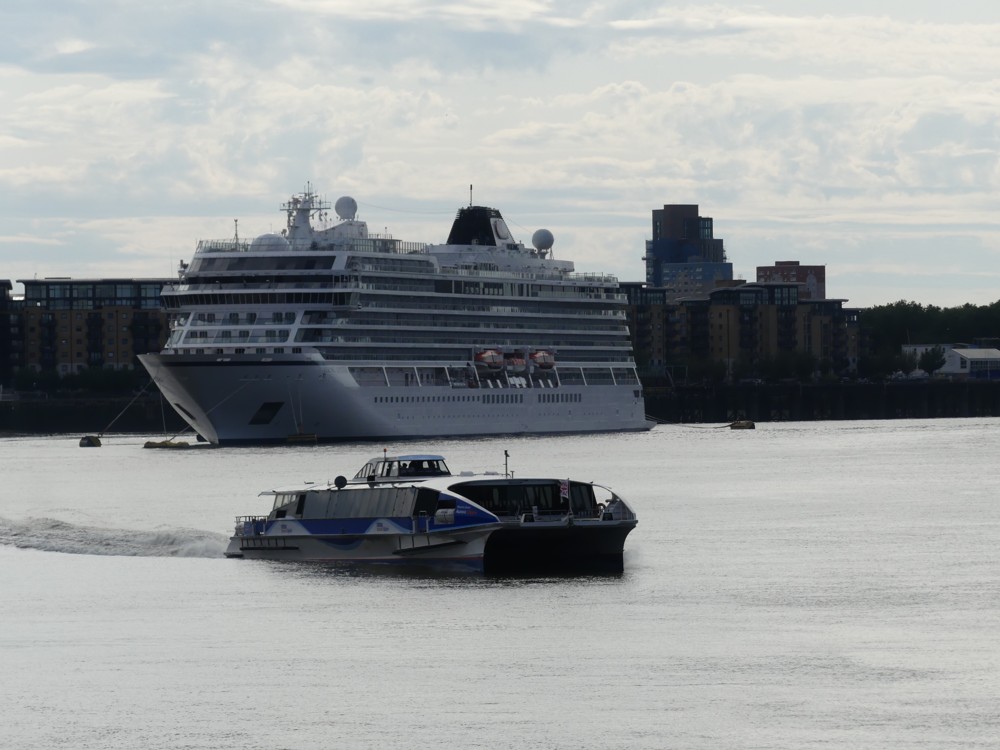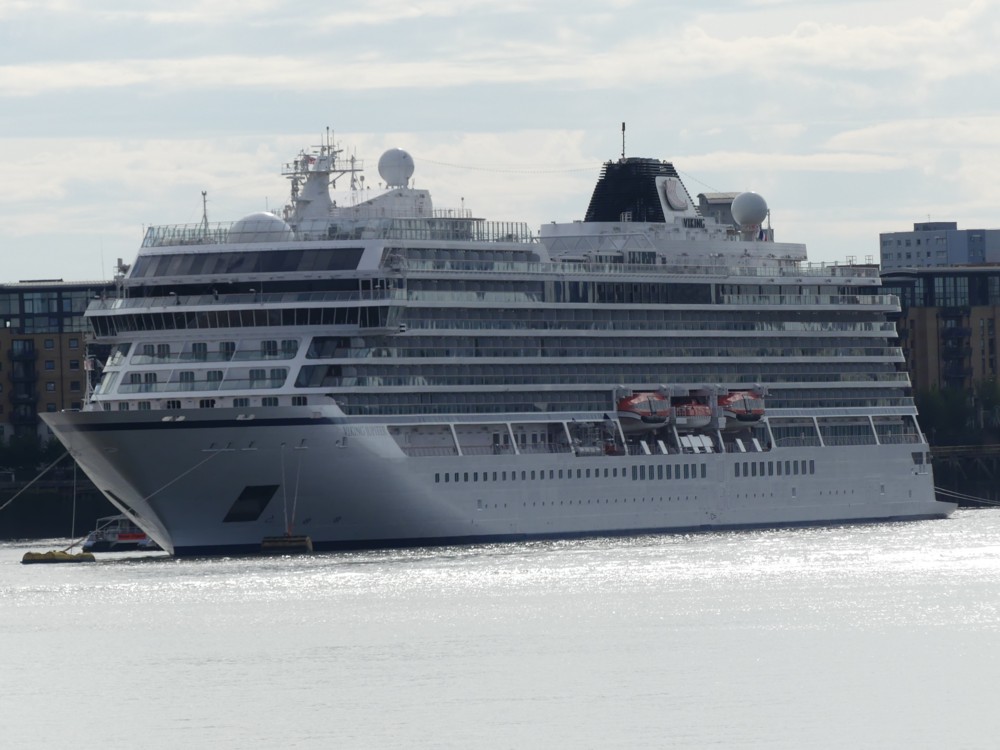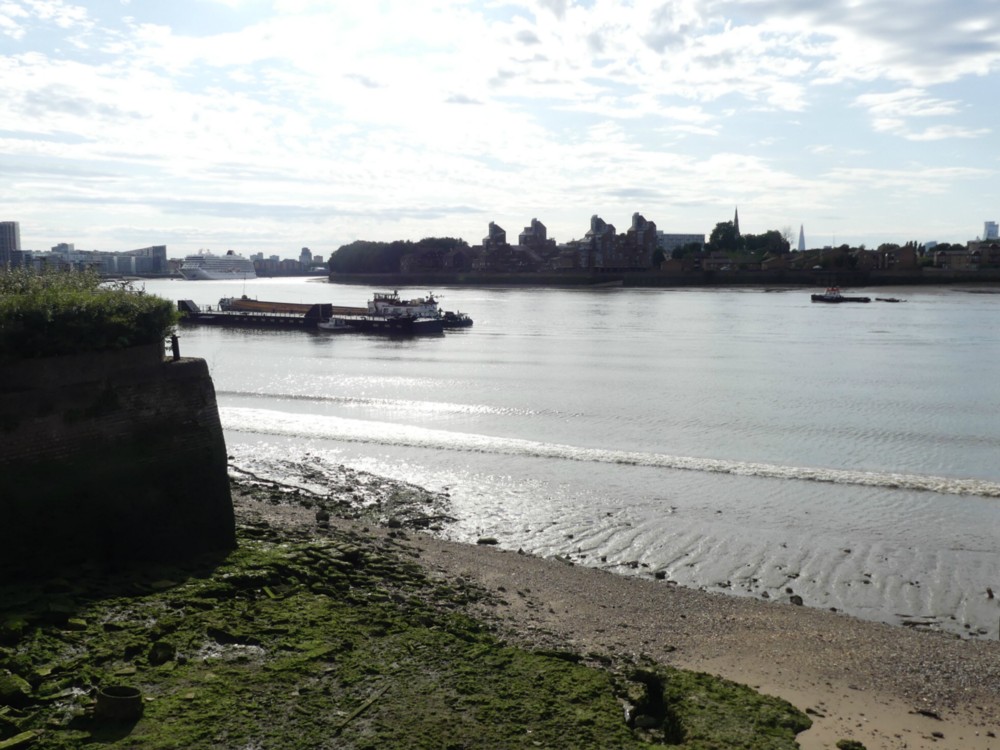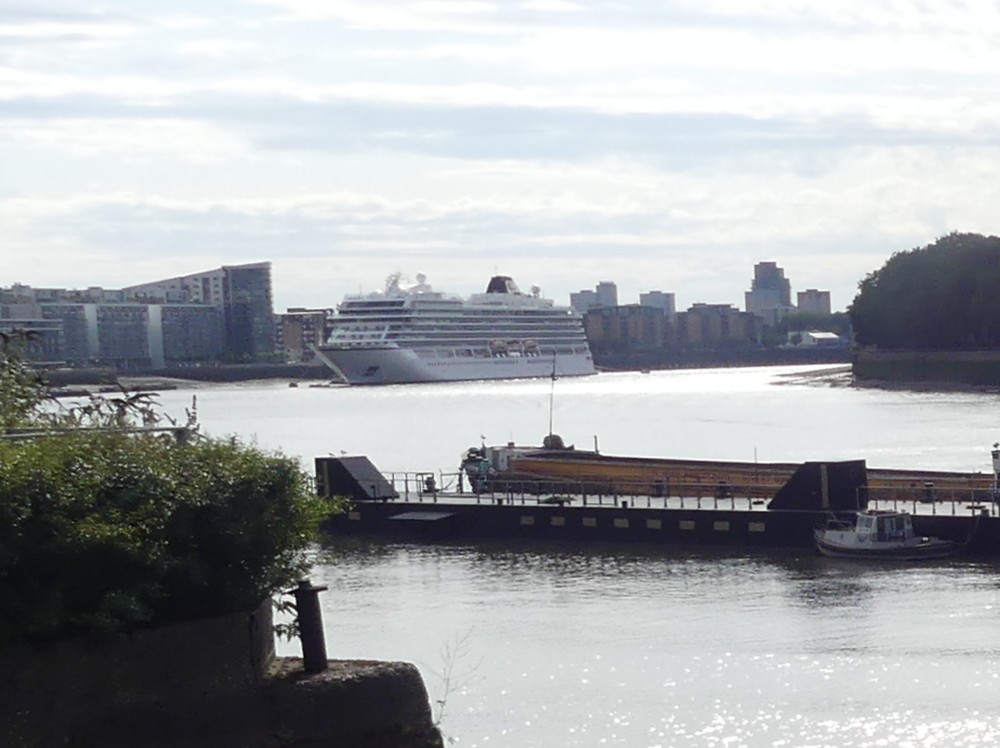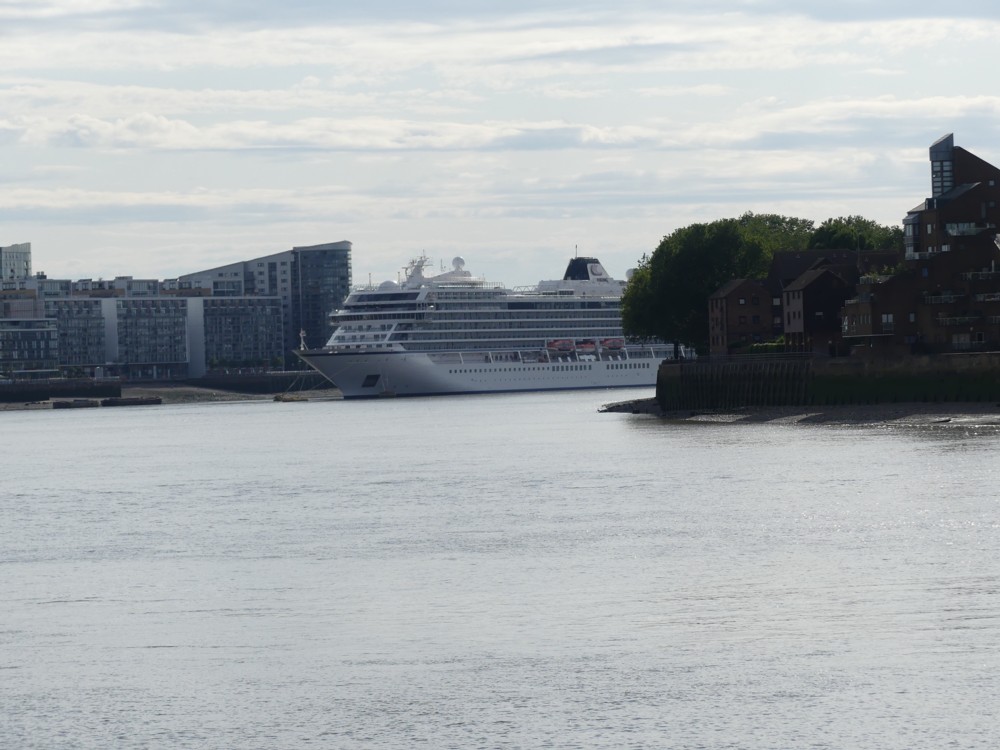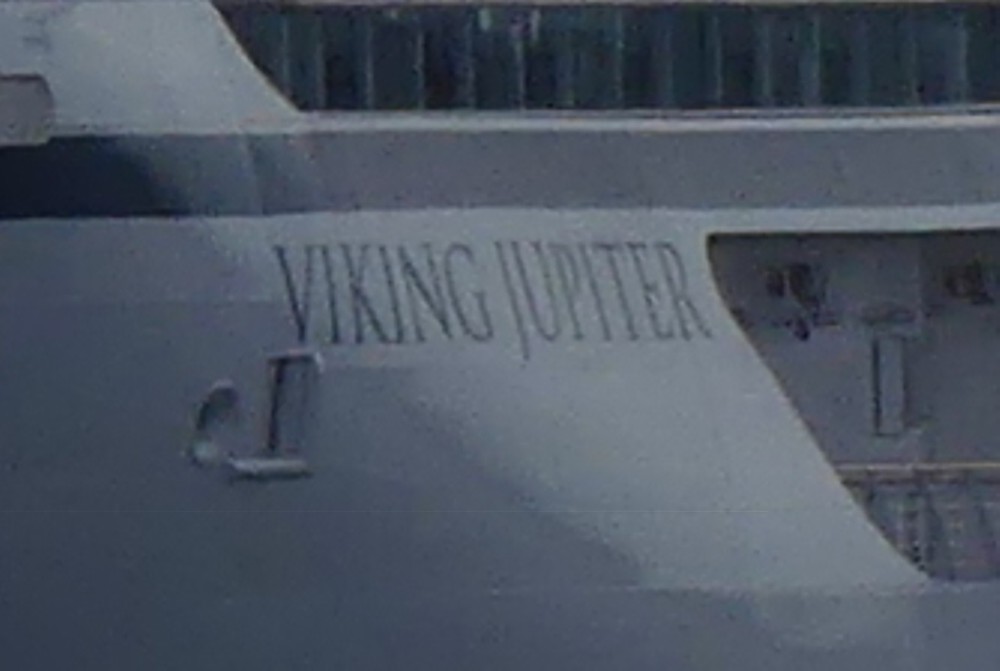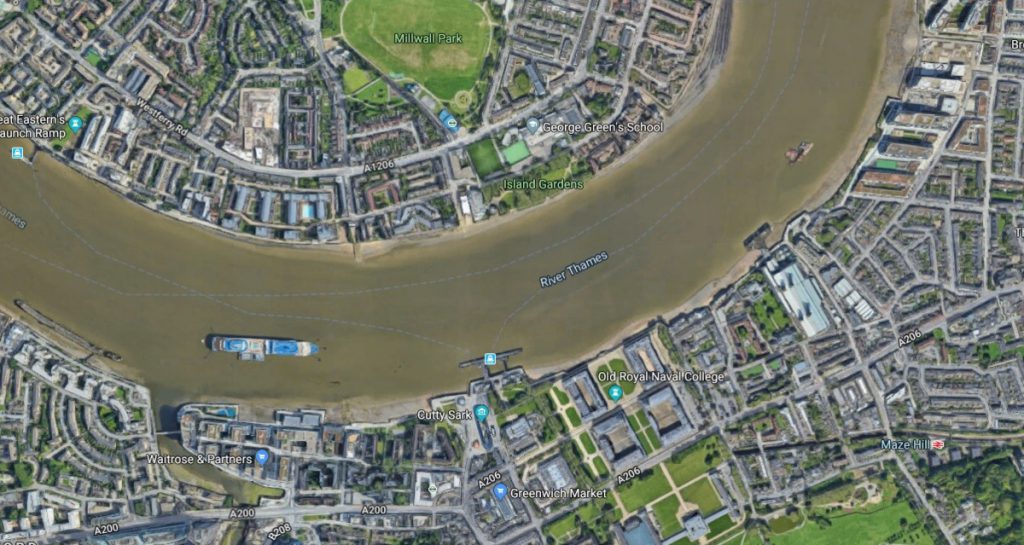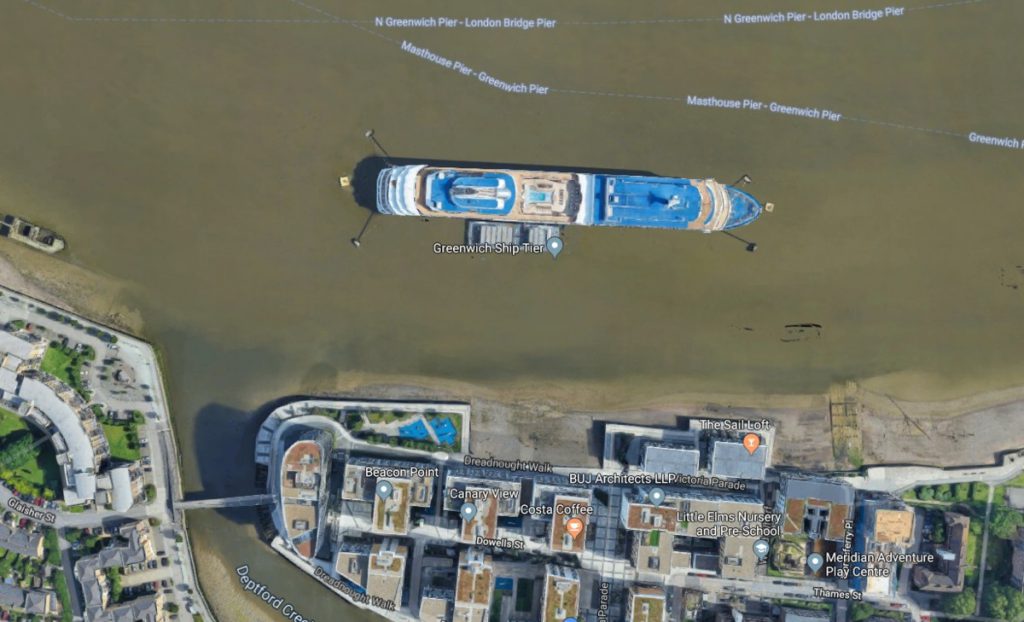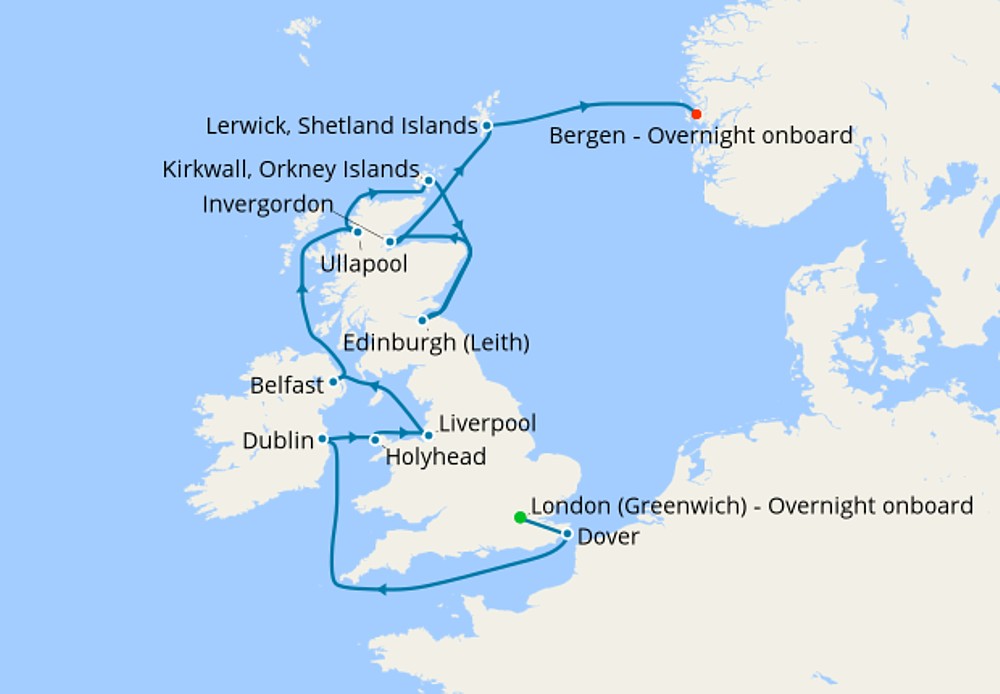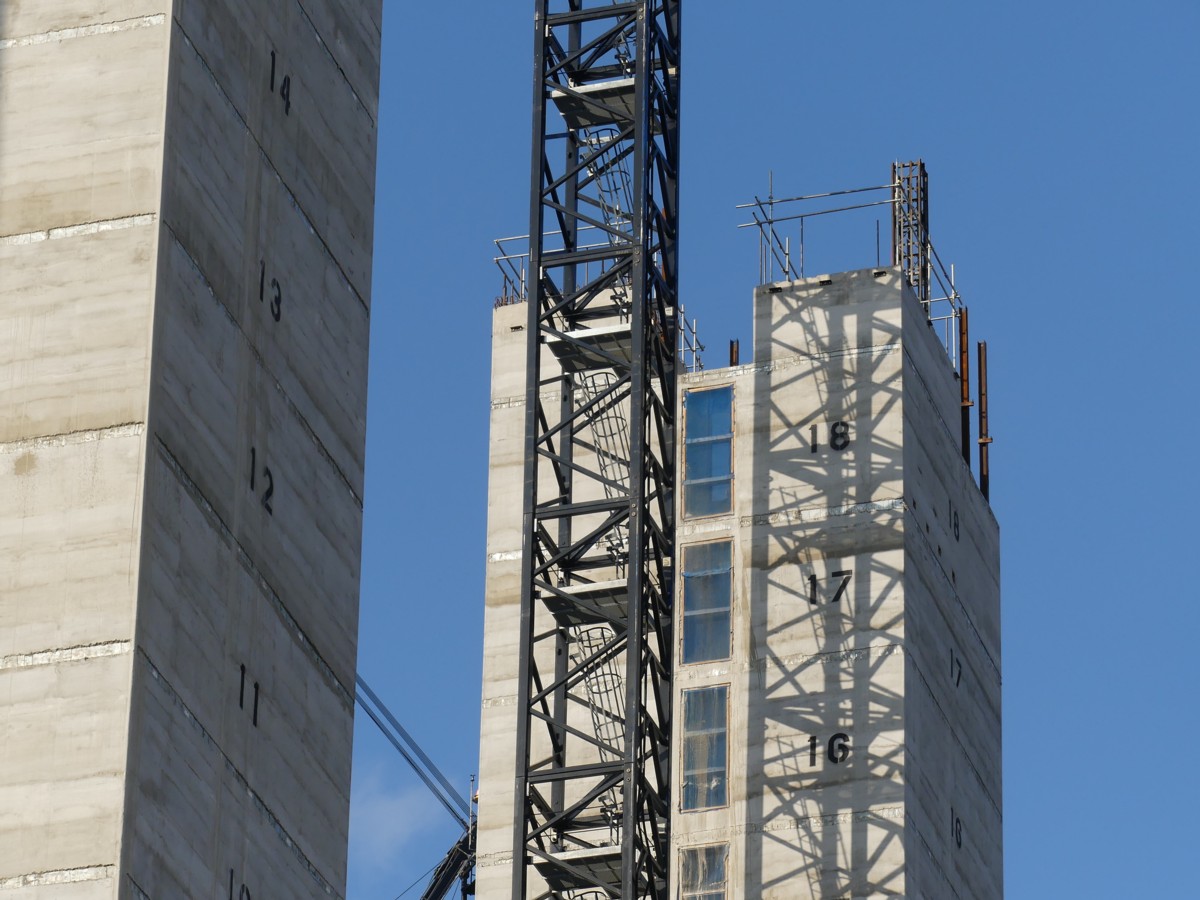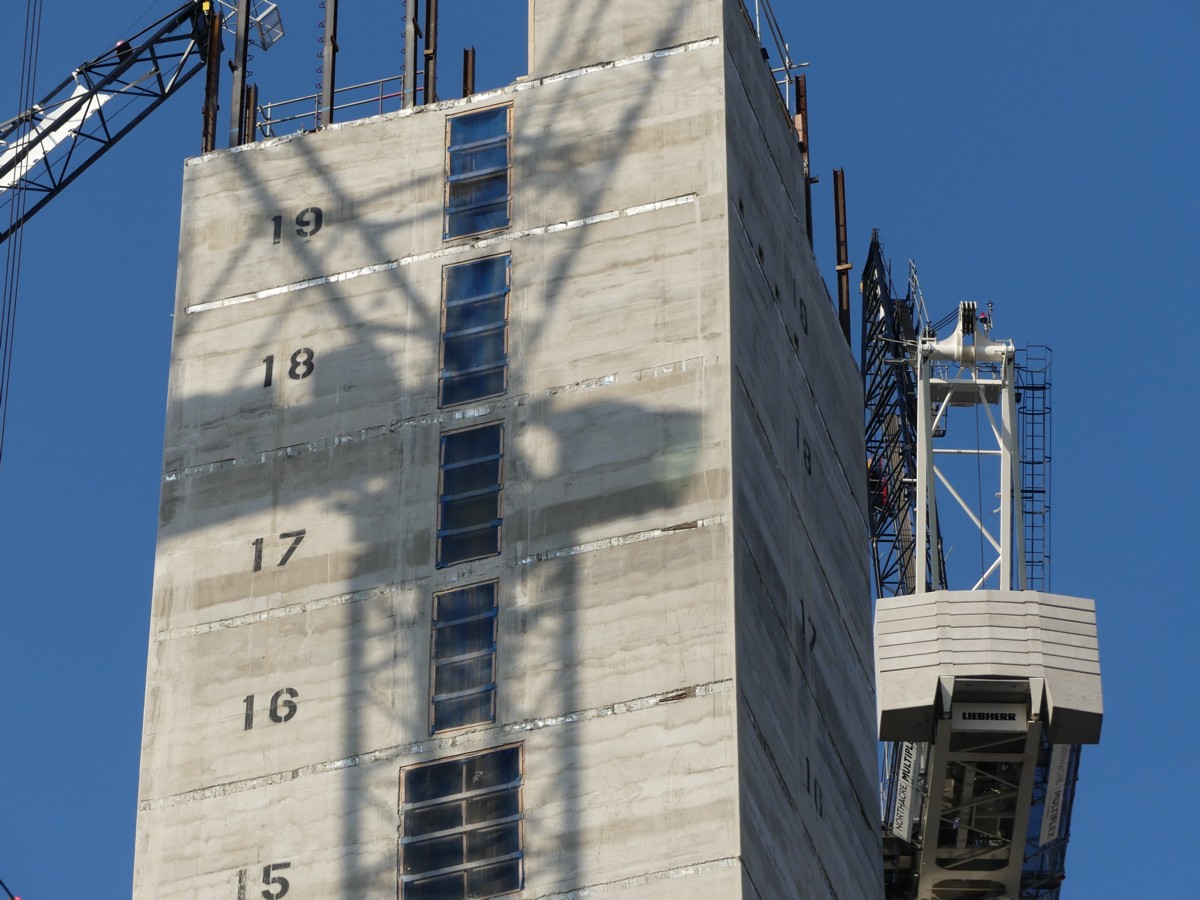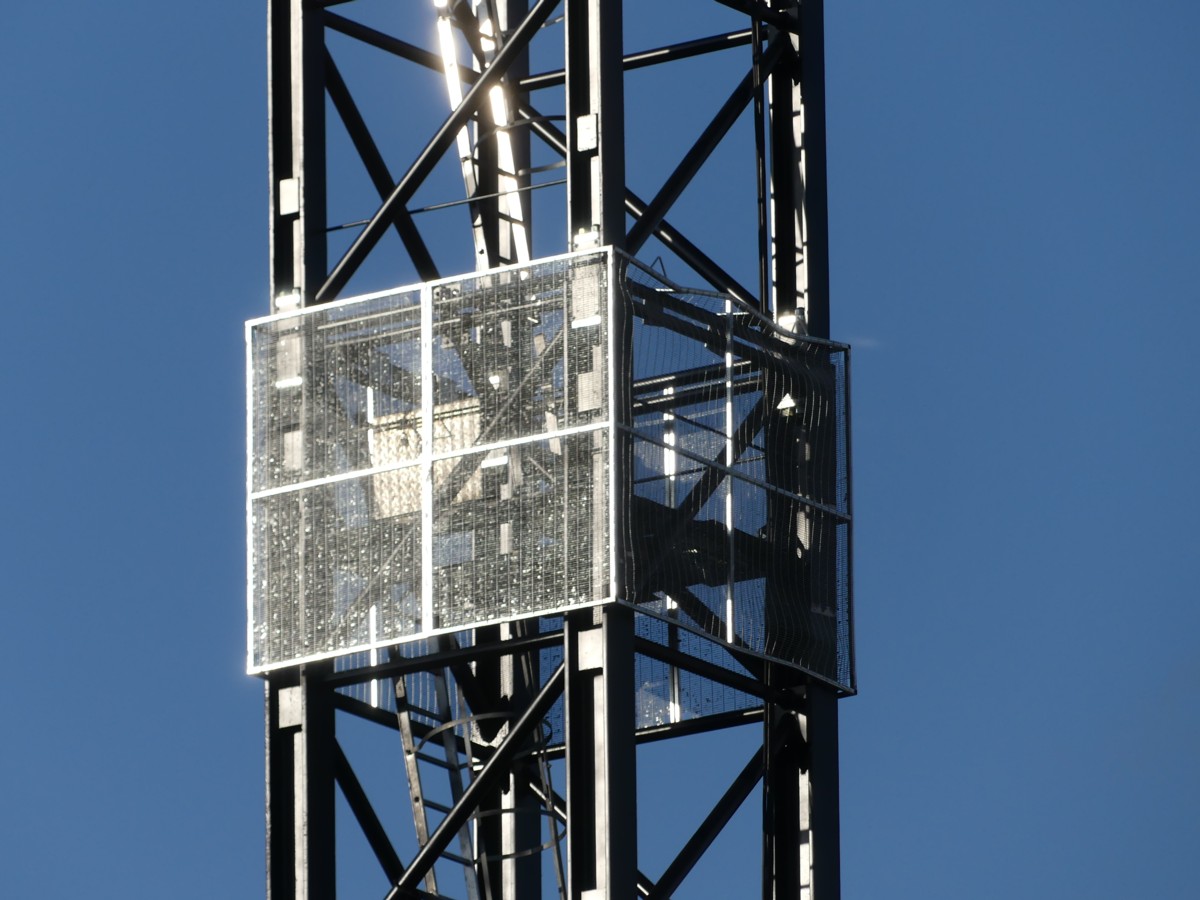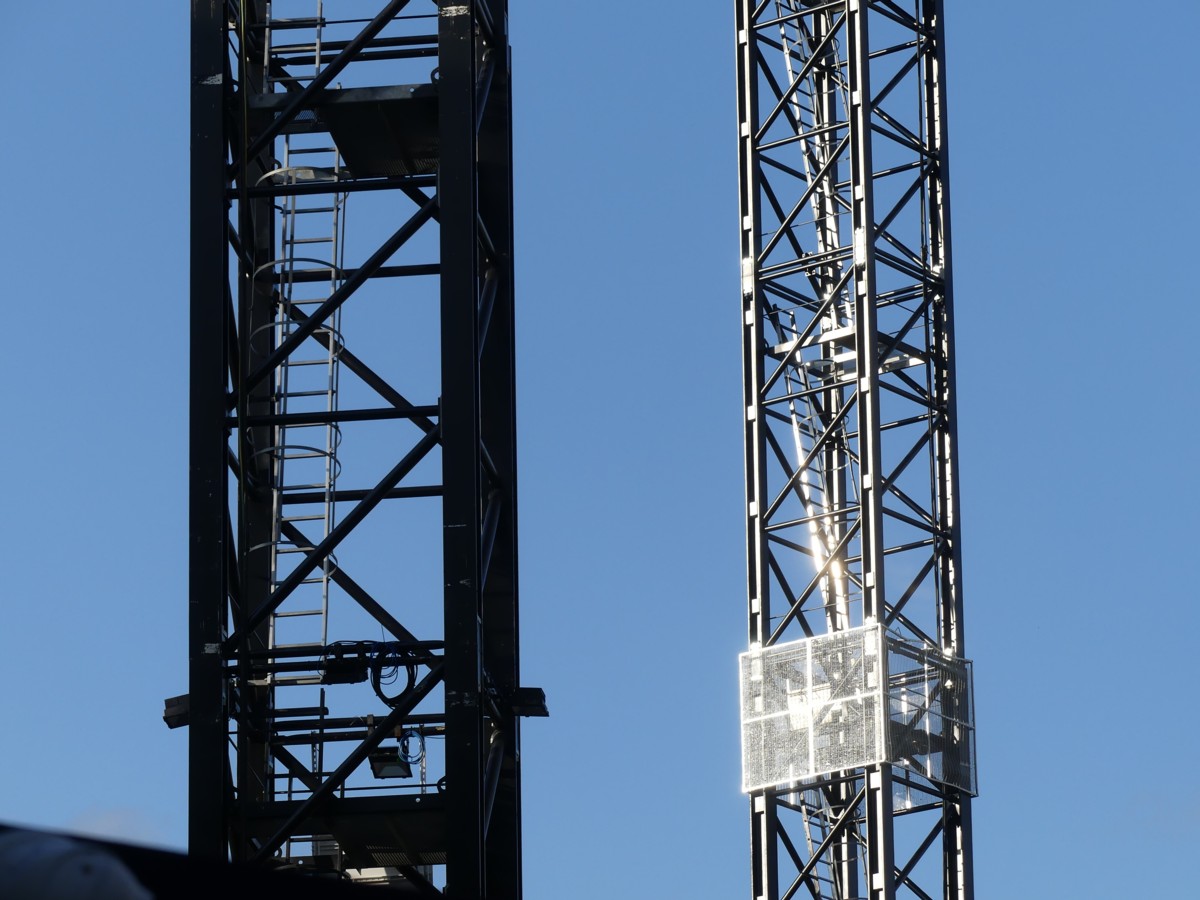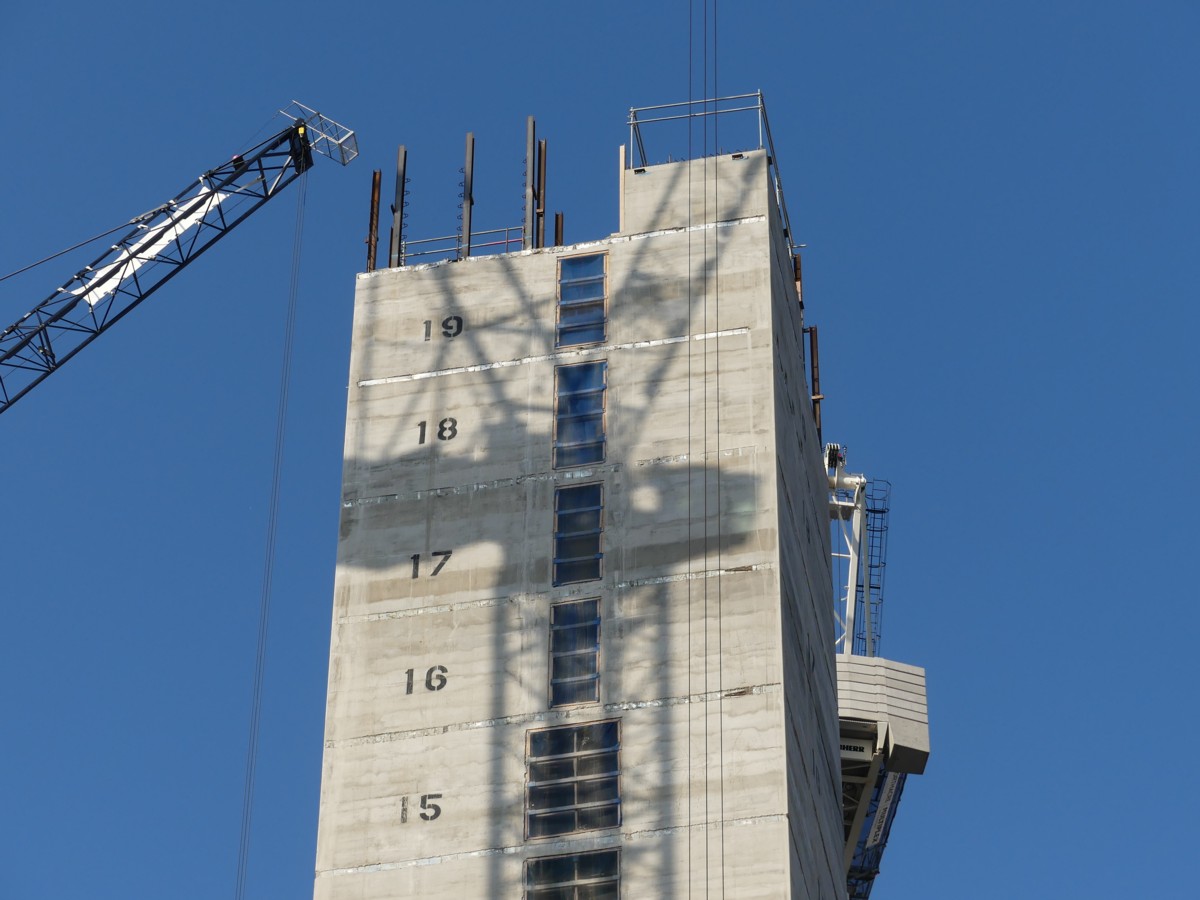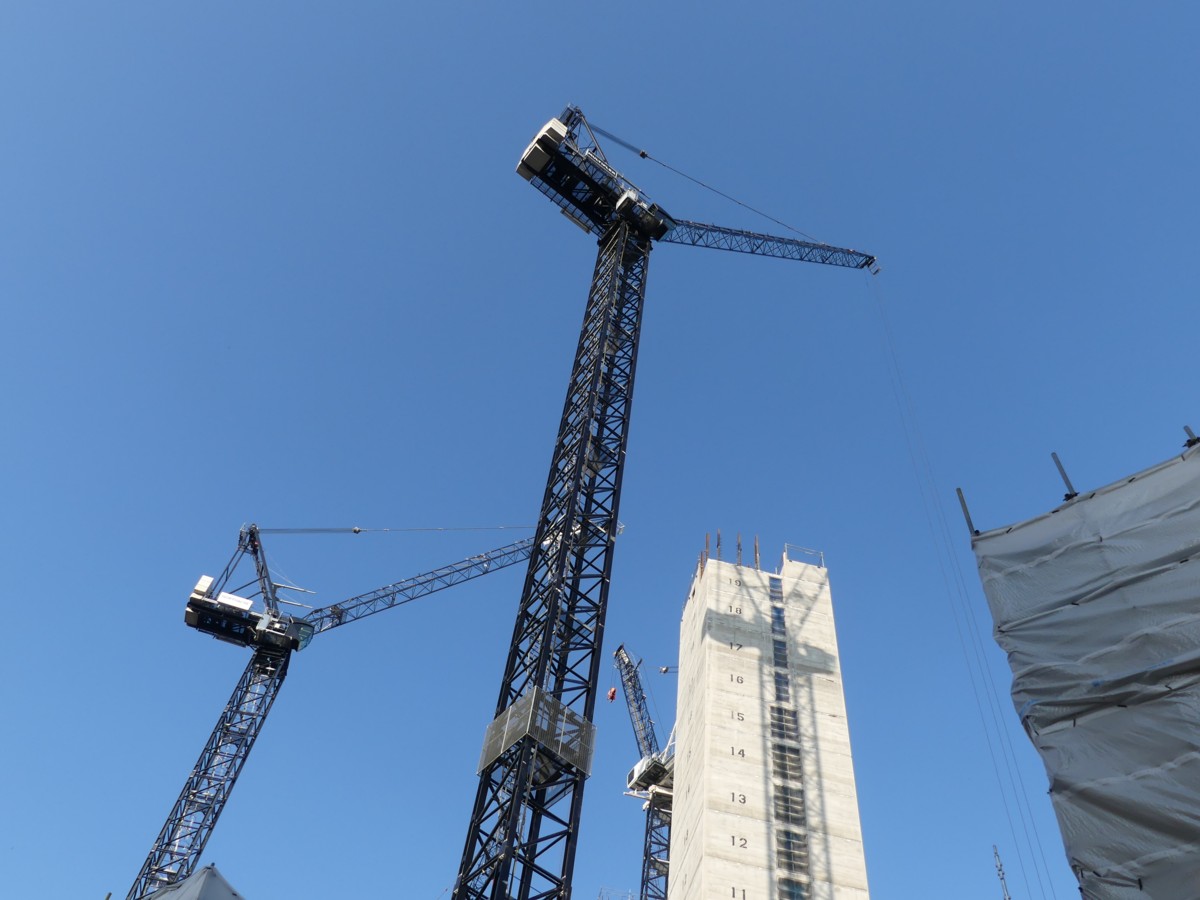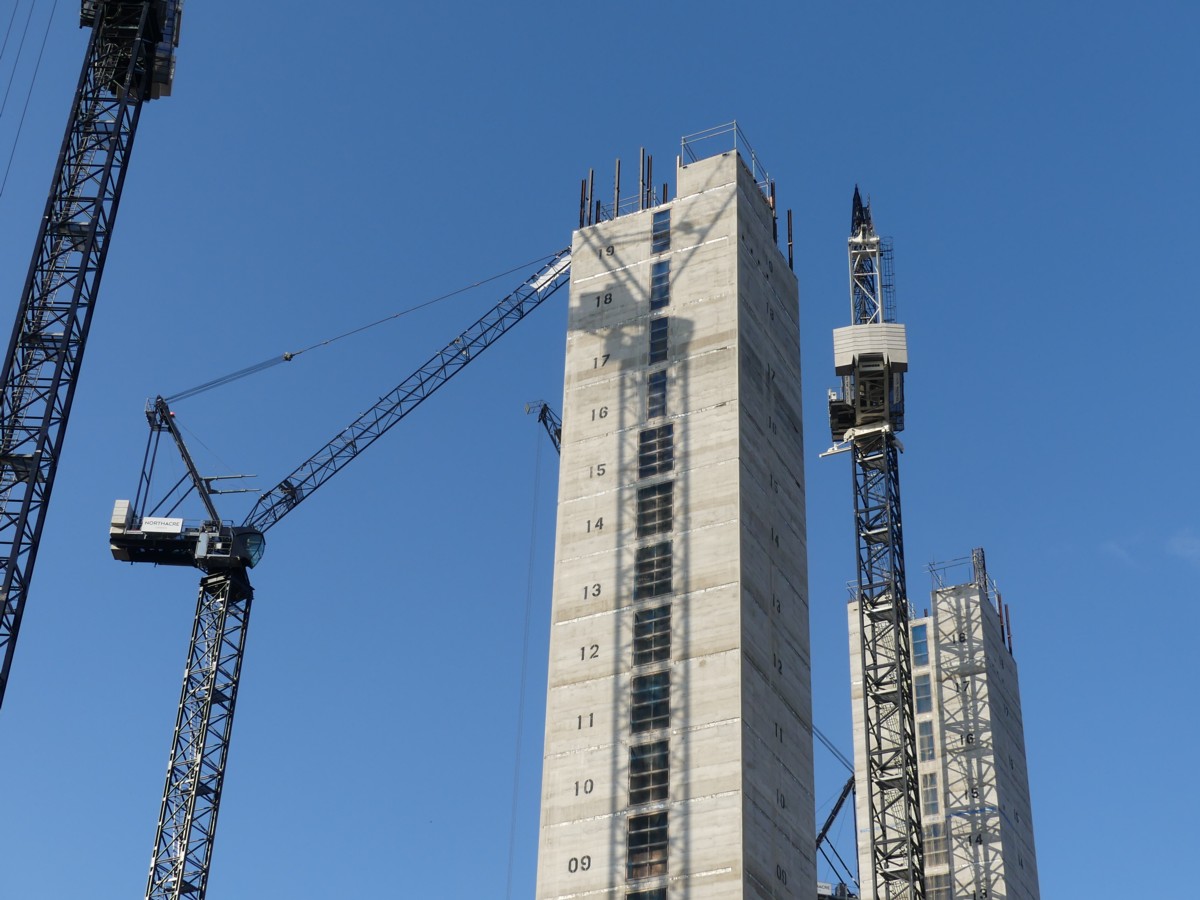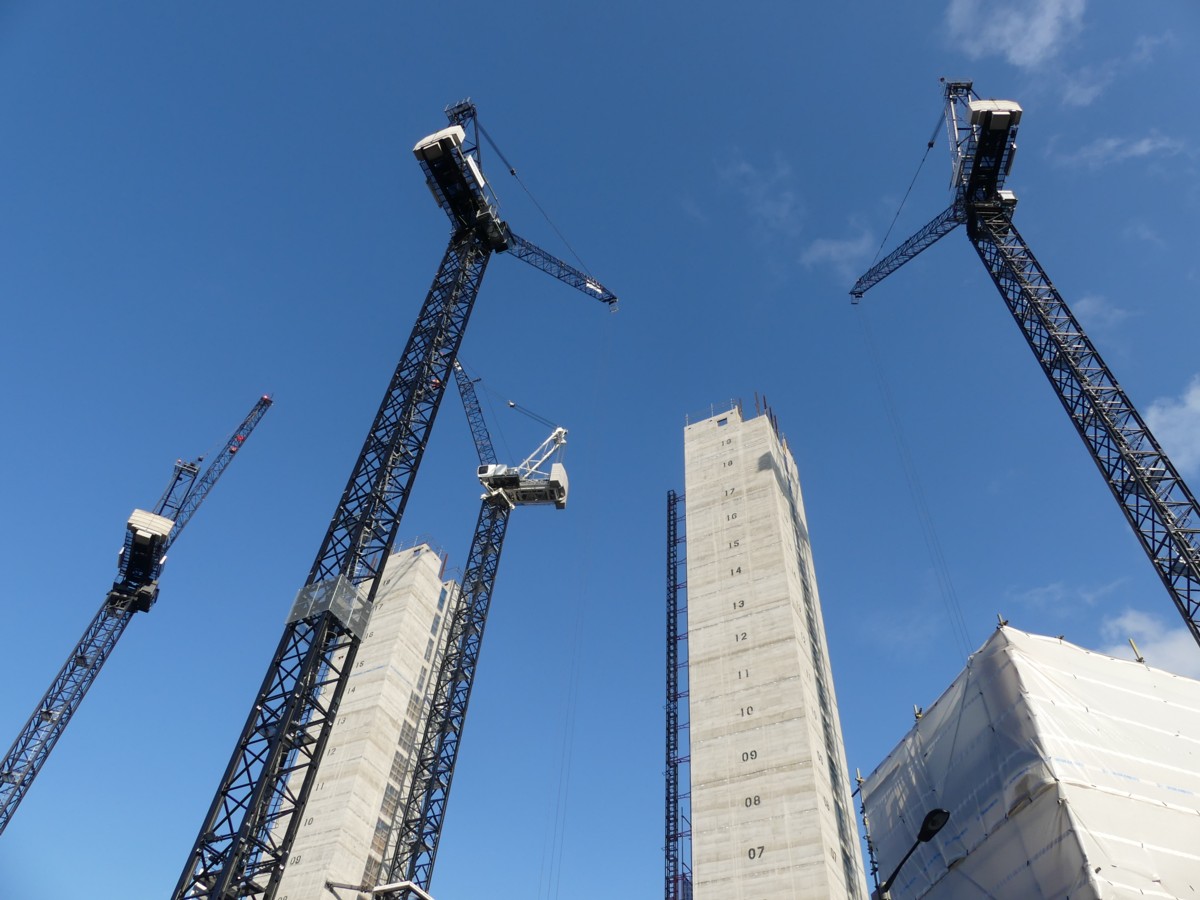But a lot of rock and rollers are about to leave the stage for ever.
Behold the killing fields that lie before us: Bob Dylan (78 years old); Paul McCartney (77); Paul Simon (77) and Art Garfunkel (77); Carole King (77); Brian Wilson (77); Mick Jagger (76) and Keith Richards (75); Joni Mitchell (75); Jimmy Page (75) and Robert Plant (71); Ray Davies (75); Roger Daltrey (75) and Pete Townshend (74); Roger Waters (75) and David Gilmour (73); Rod Stewart (74); Eric Clapton (74); Debbie Harry (74); Neil Young (73); Van Morrison (73); Bryan Ferry (73); Elton John (72); Don Henley (72); James Taylor (71); Jackson Browne (70); Billy Joel (70); and Bruce Springsteen (69, but turning 70 next month).
For me, the mere physical death of all these oldies will mean little. David Bowie died a bit ago, but I only noticed because there was a sign on the BT Tower saying this. I like photoing the BT Tower, so I photoed this sign. Then I photoed him on some stamps. But the Bowie that matters to me is the Bowie that was recorded. And that will live on more than long enough to suit me. On the rare occasions when I have attended live events at which a big name rocker and roller performed, I have been very disappointed. If I die and wake up at a pop festival, I will know that there is a God, and that He has consigned me to Hell.
Even the sight of Paul McCartney, all died hair and skin moistener, who ought to be on but is not on this list, can’t put me off his wonderful vocal contributions to the Beatles tracks he sang on.
But, one thing I was glad to learn from this list was that “The Molly-Ringwald-serenading lead singer of the Psychedelic Furs” (he sang “Pretty in Pink”) was someone called Richard Butler. He now looks like this lady.

